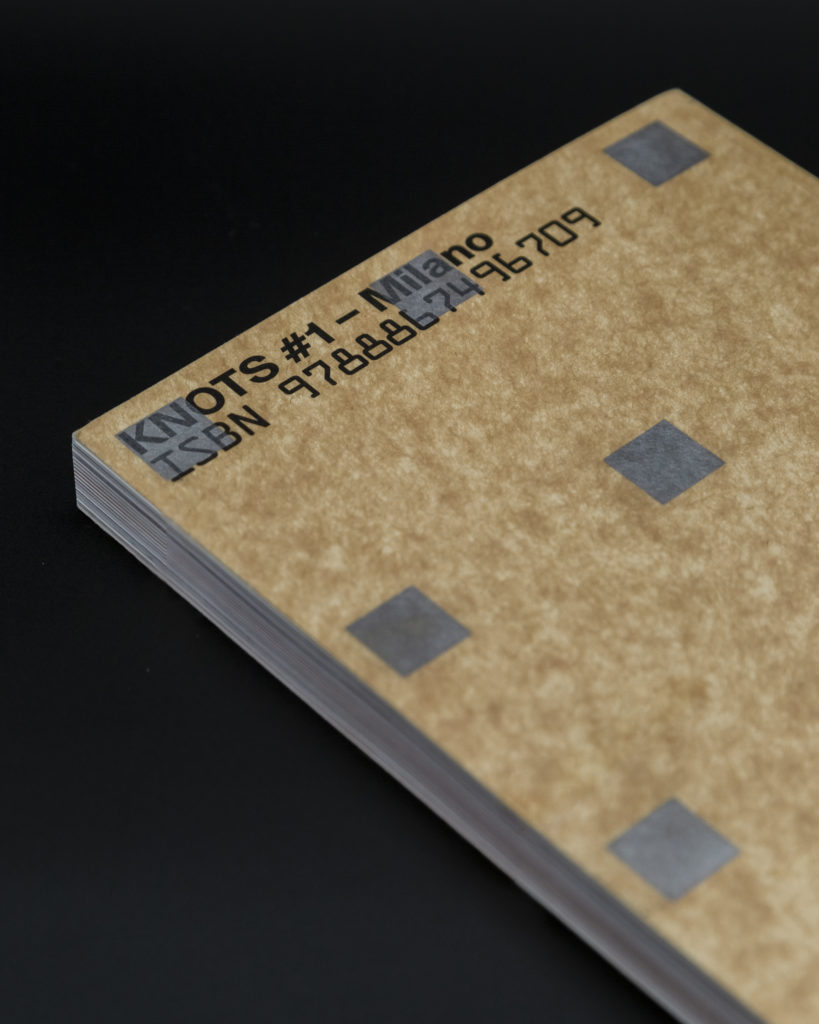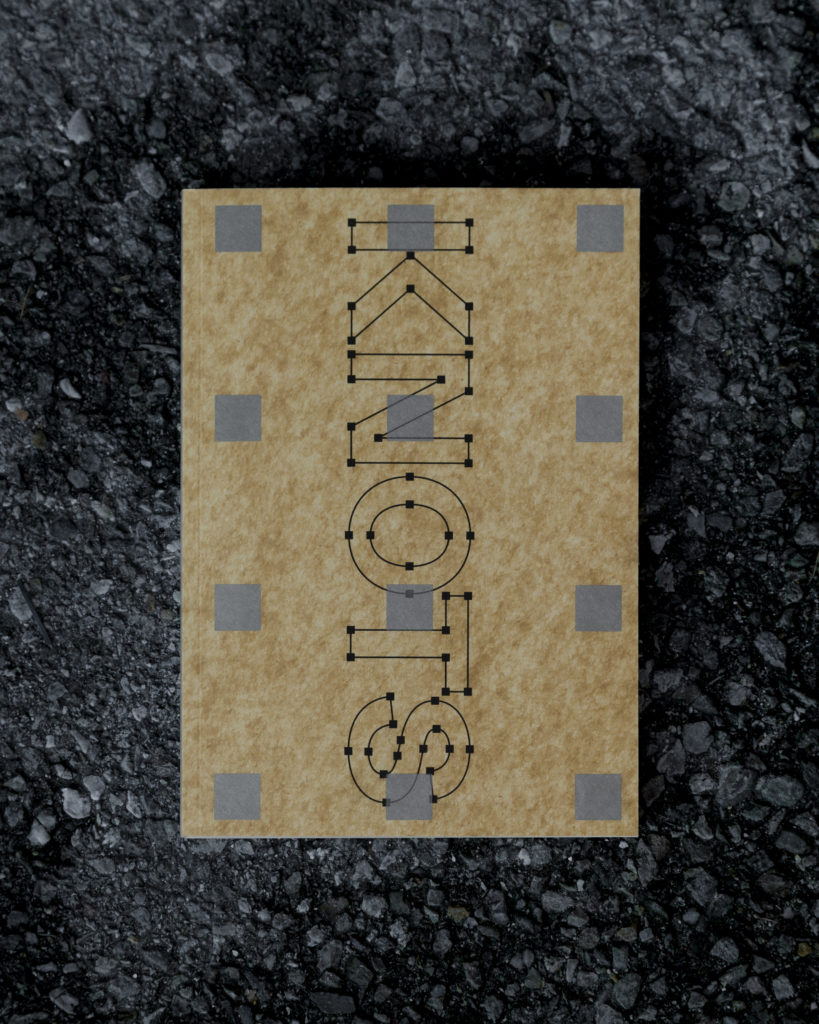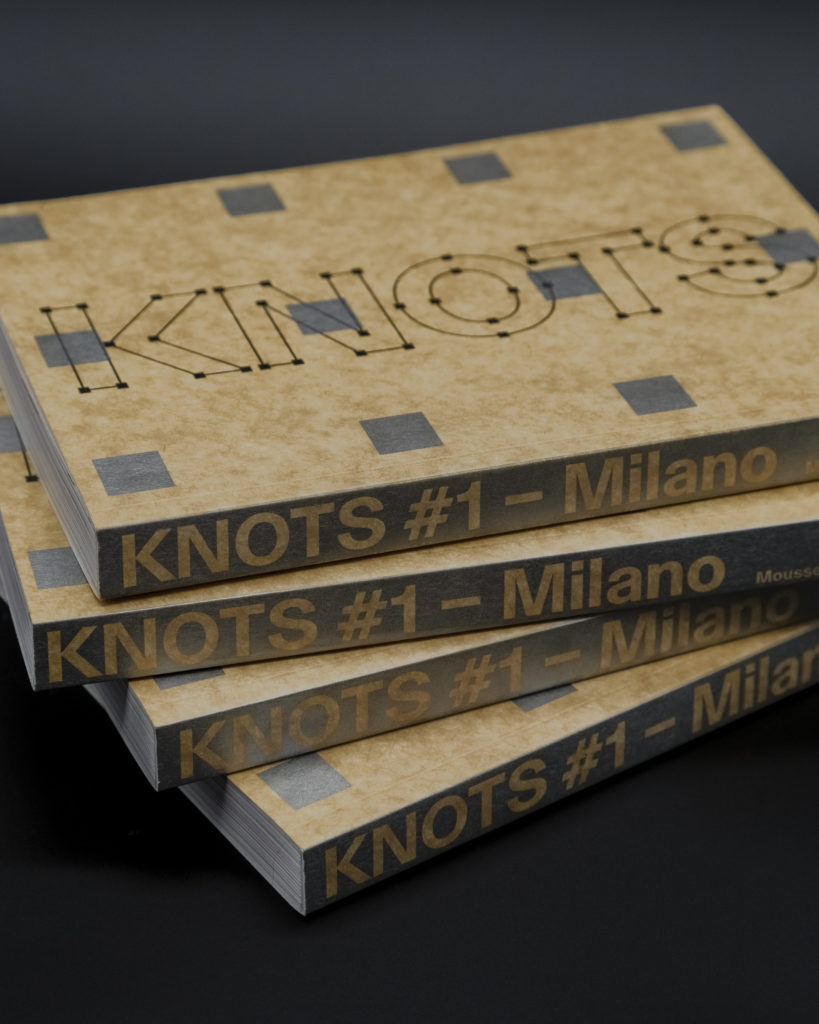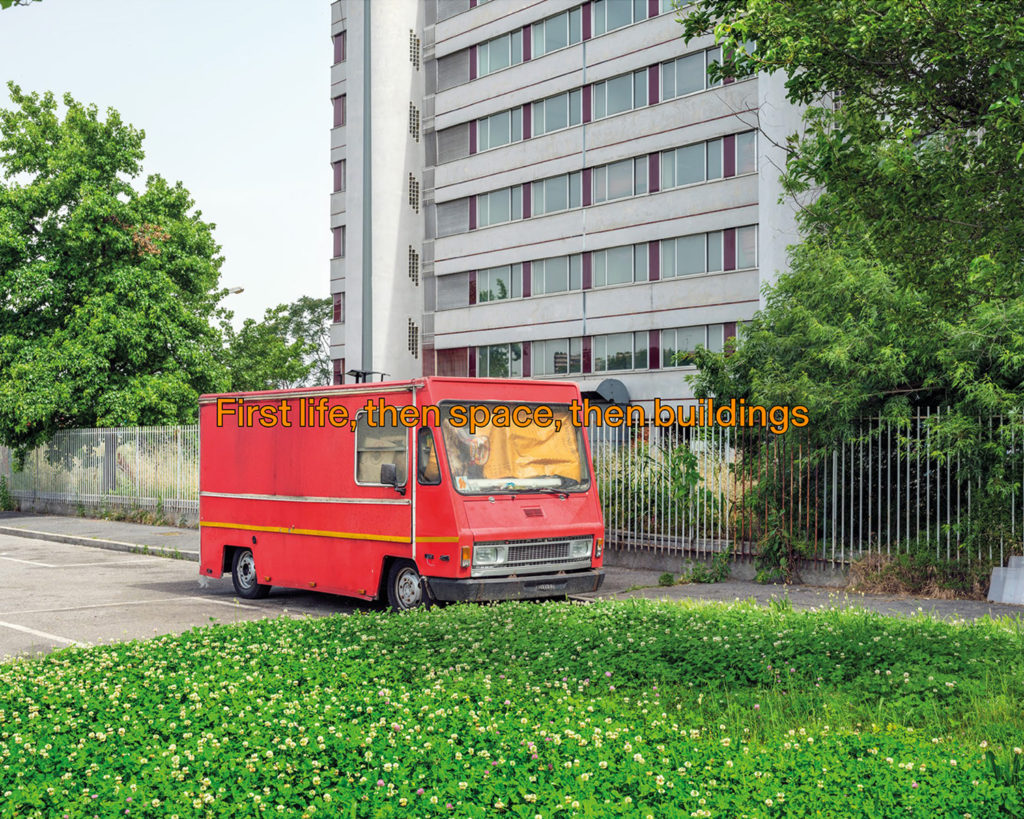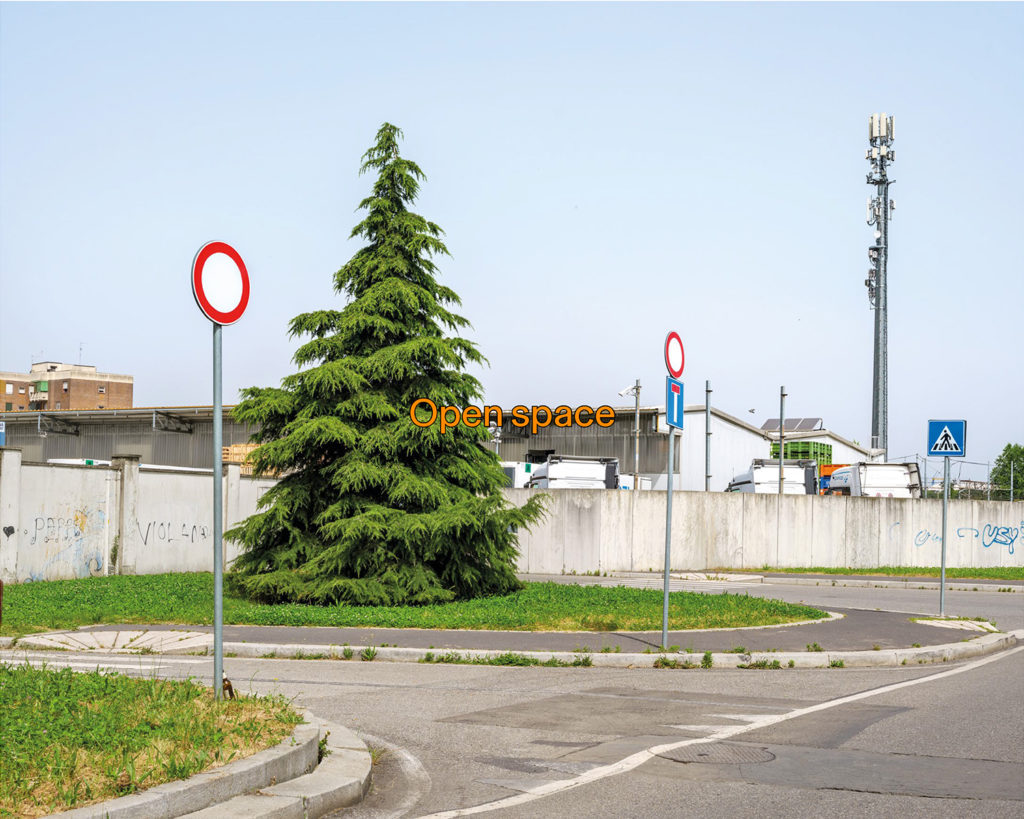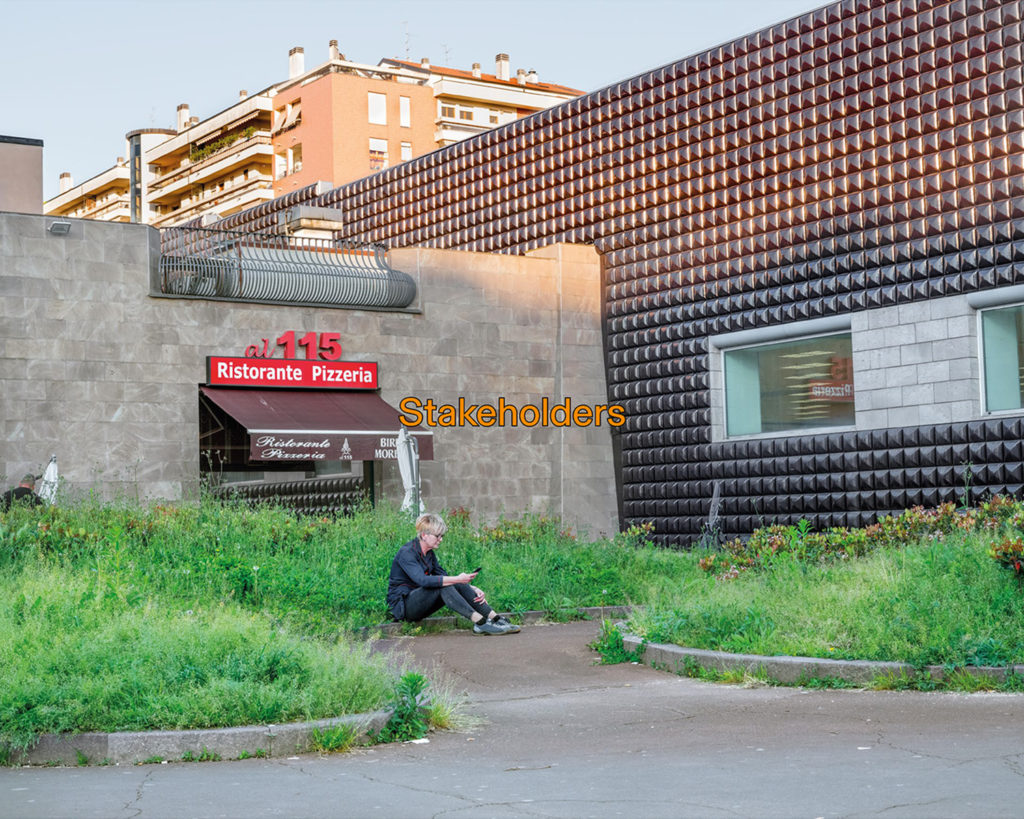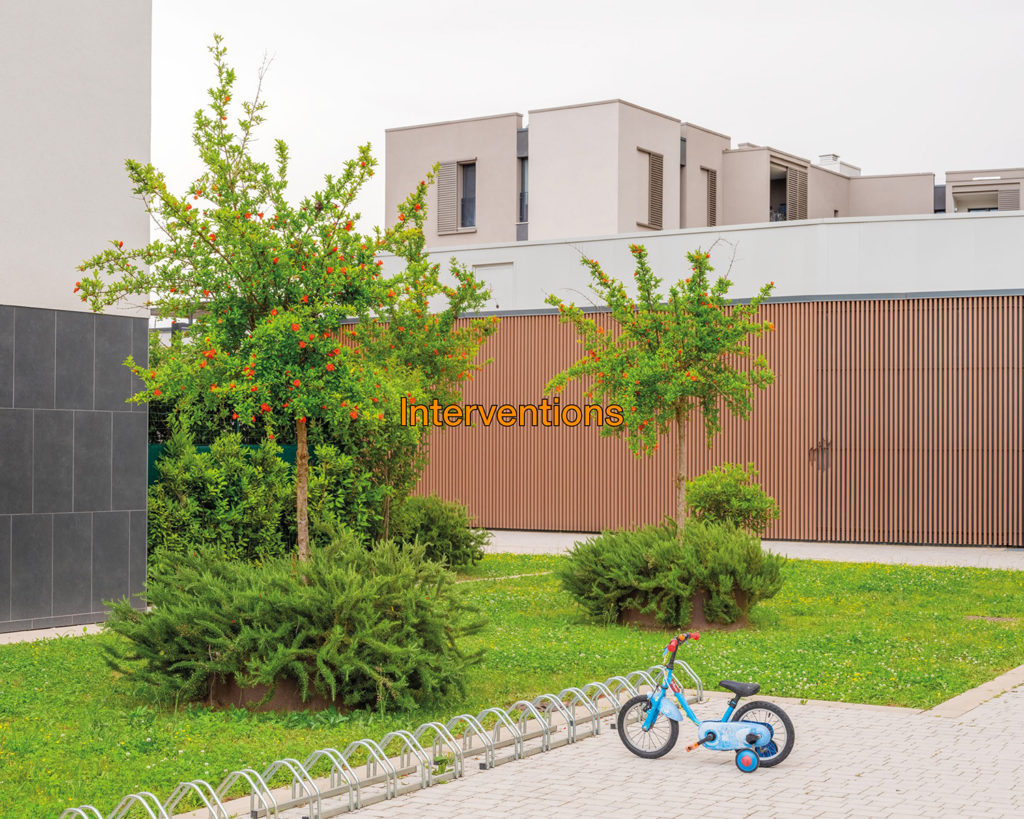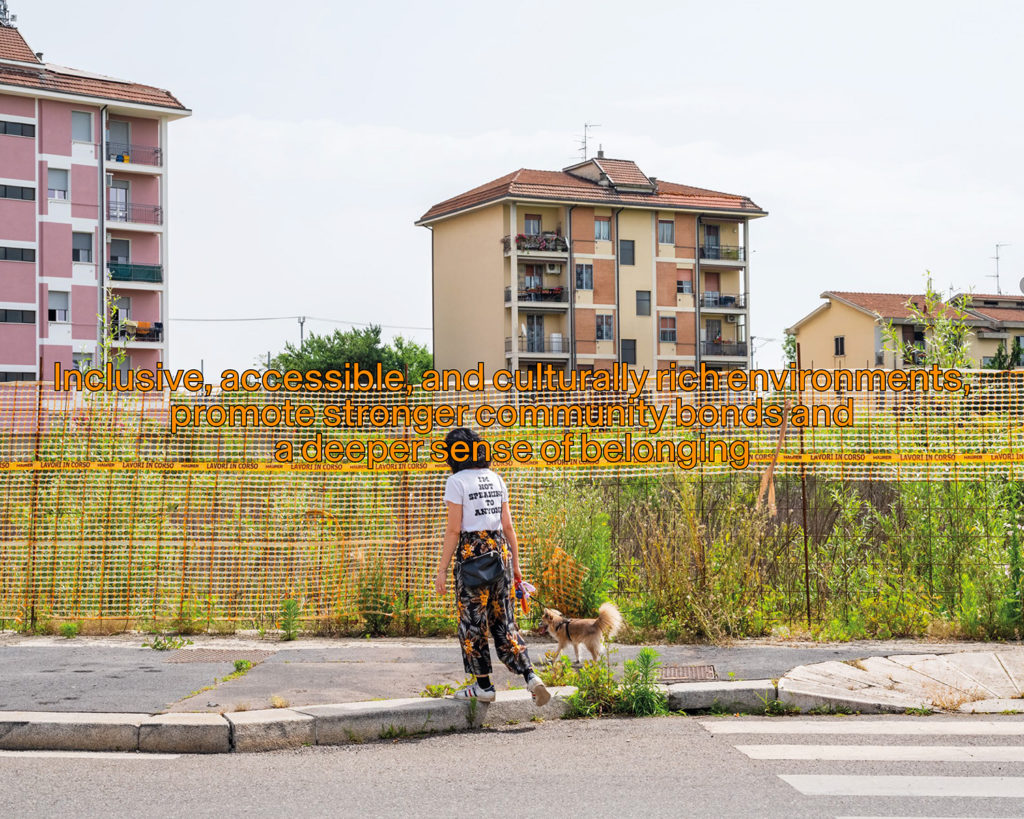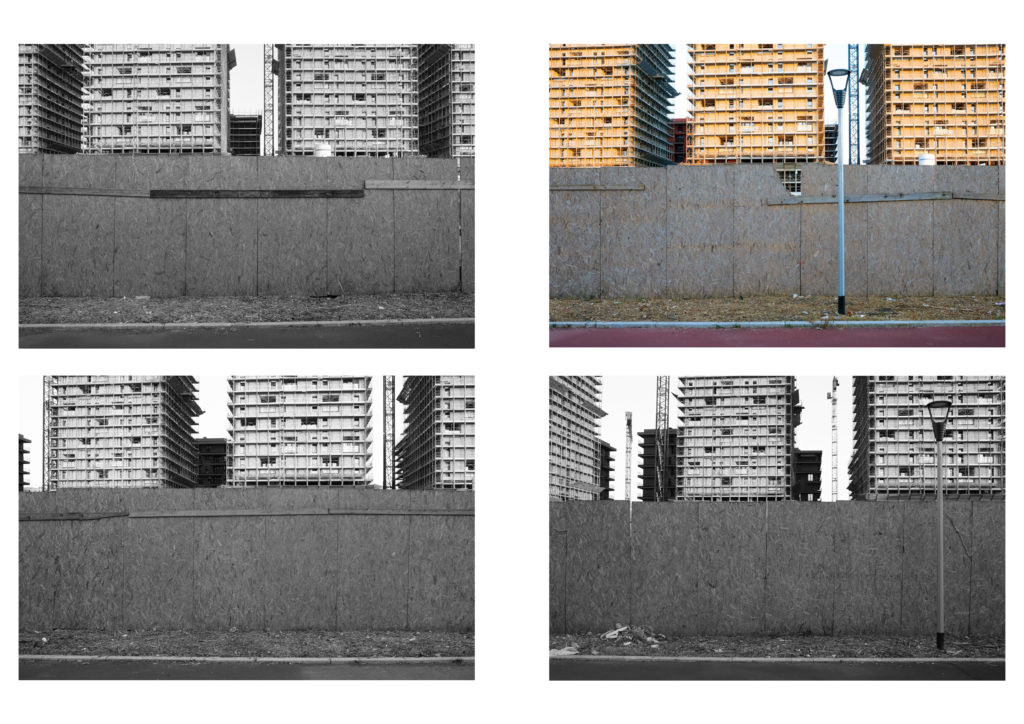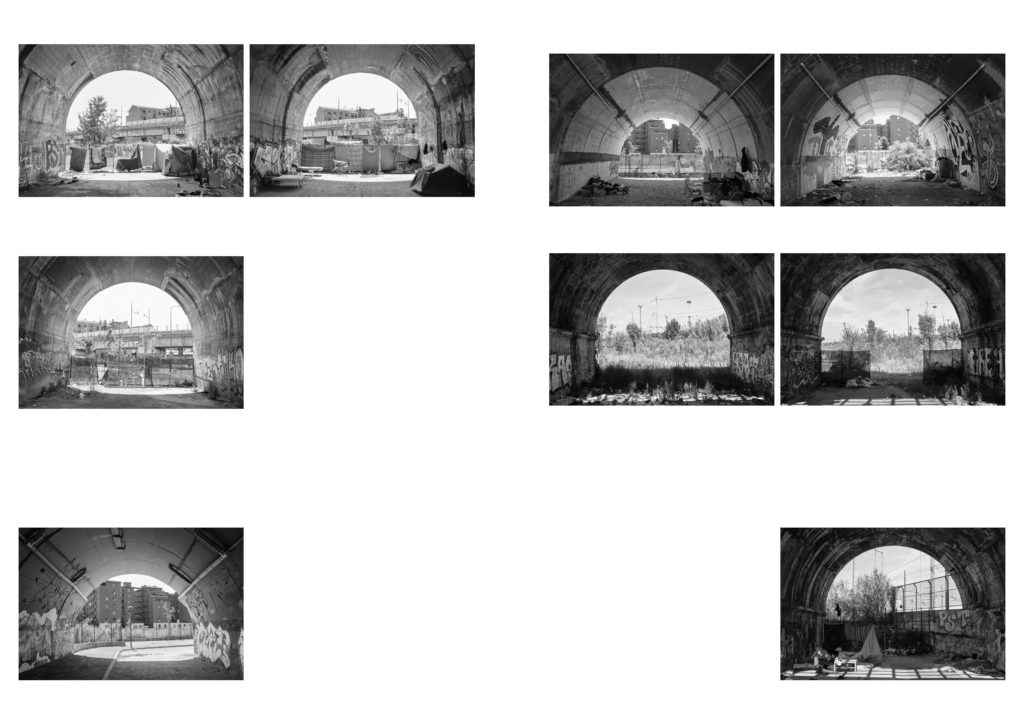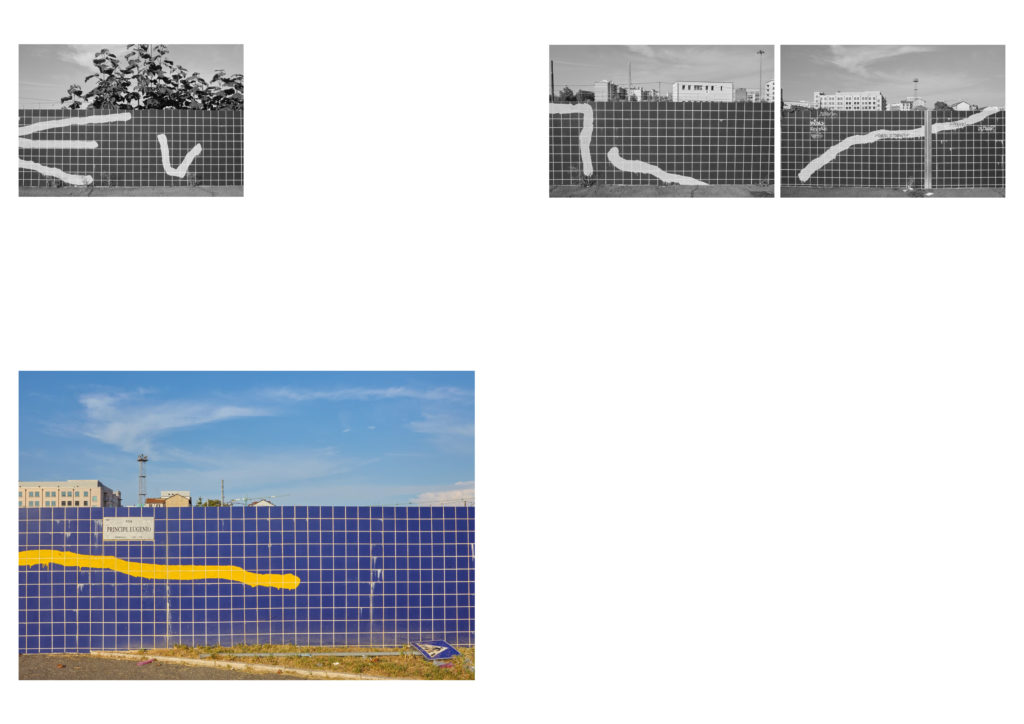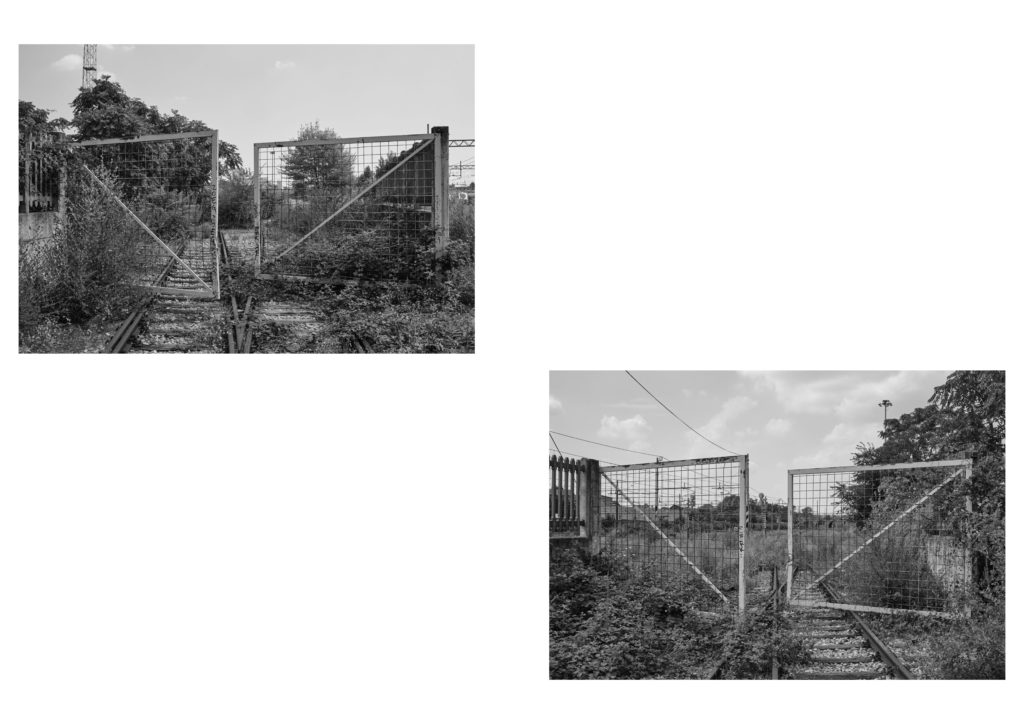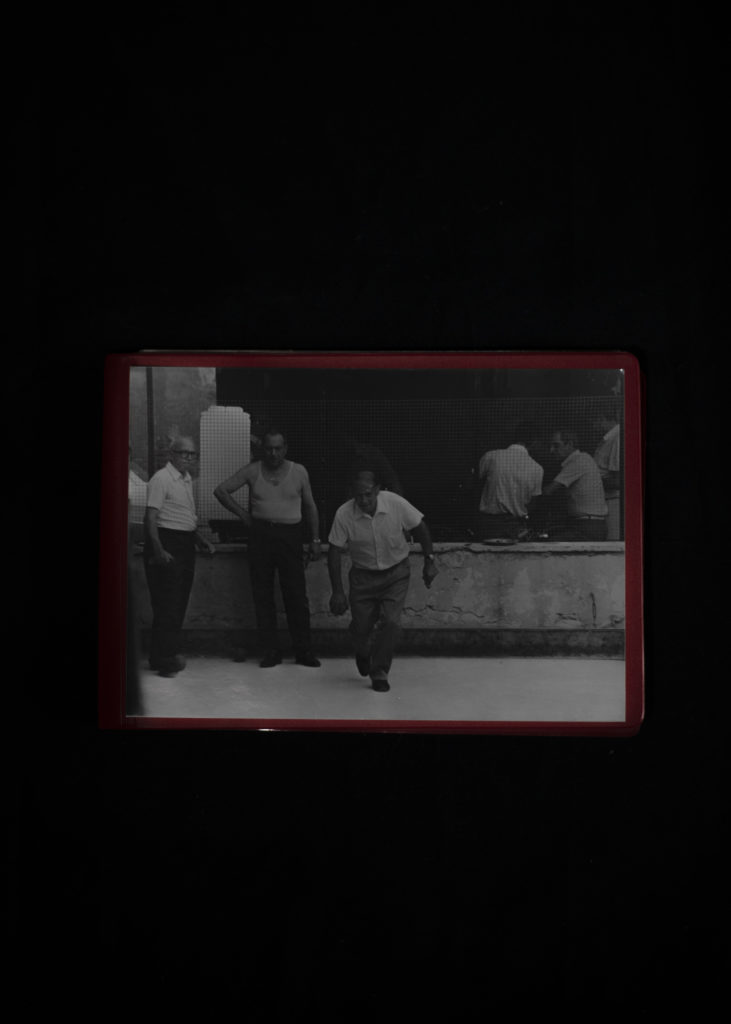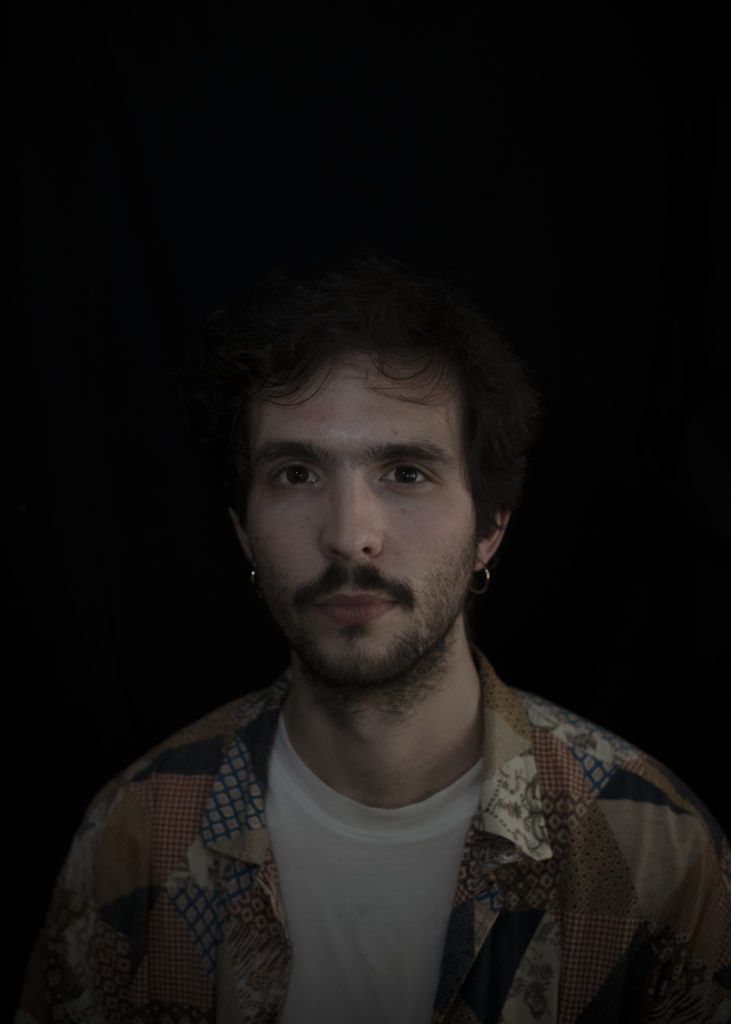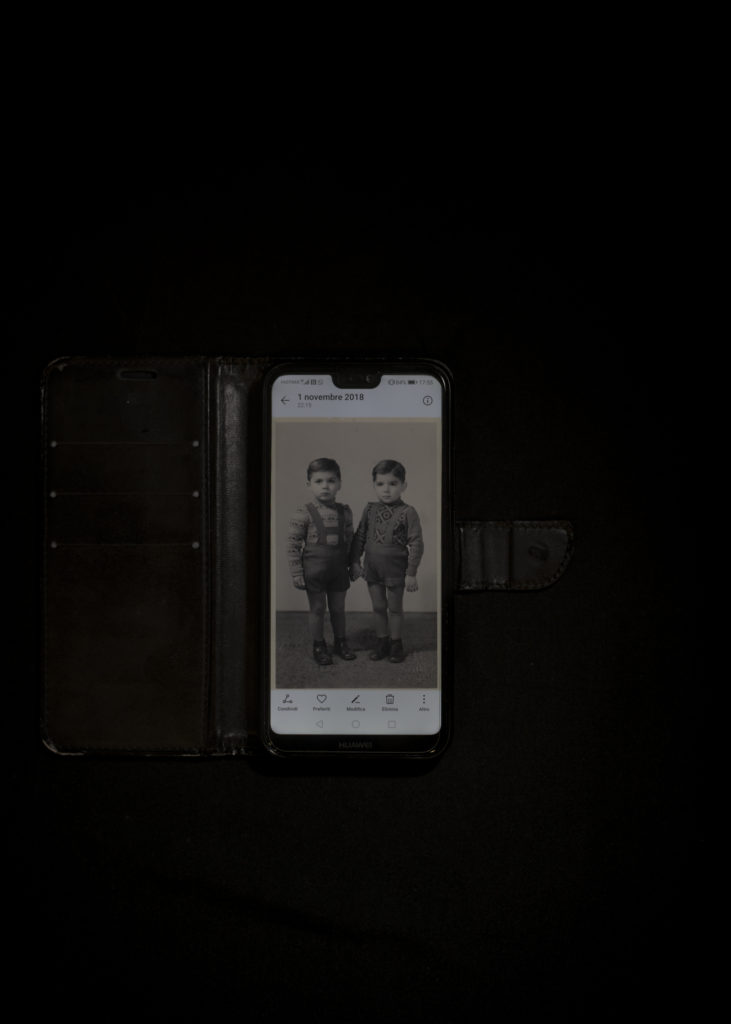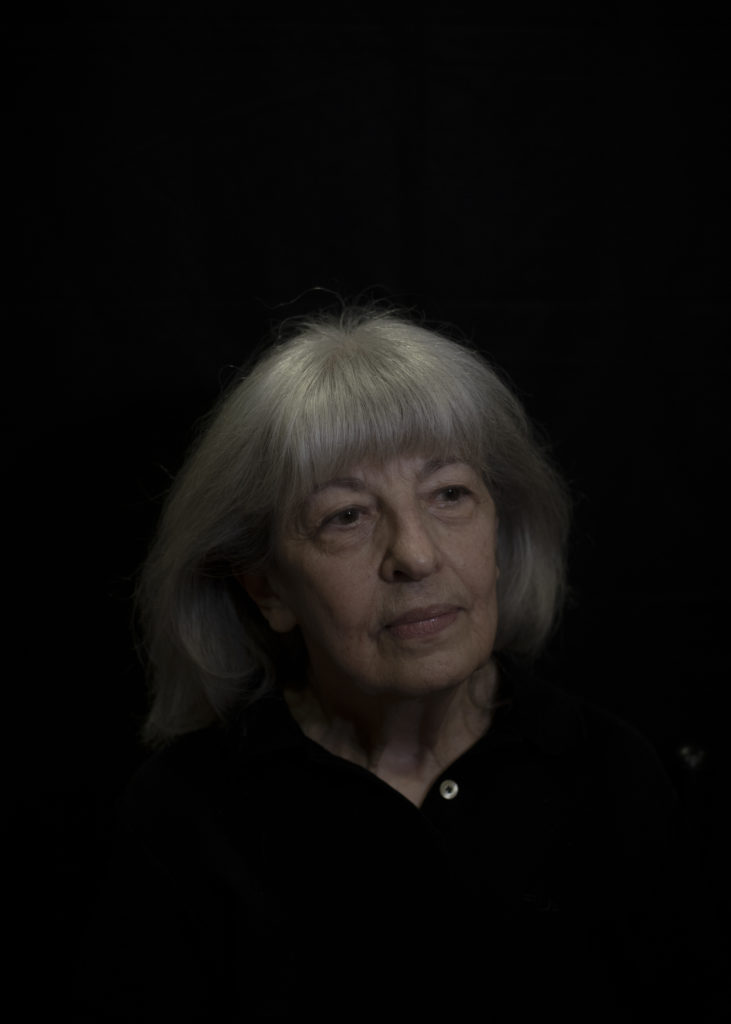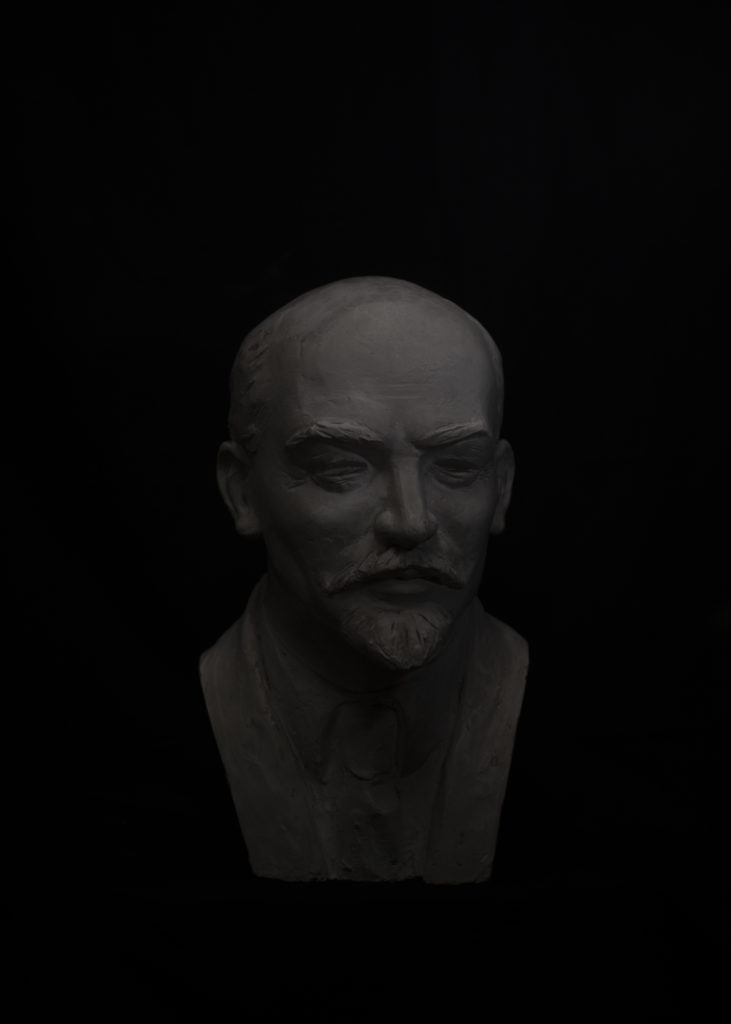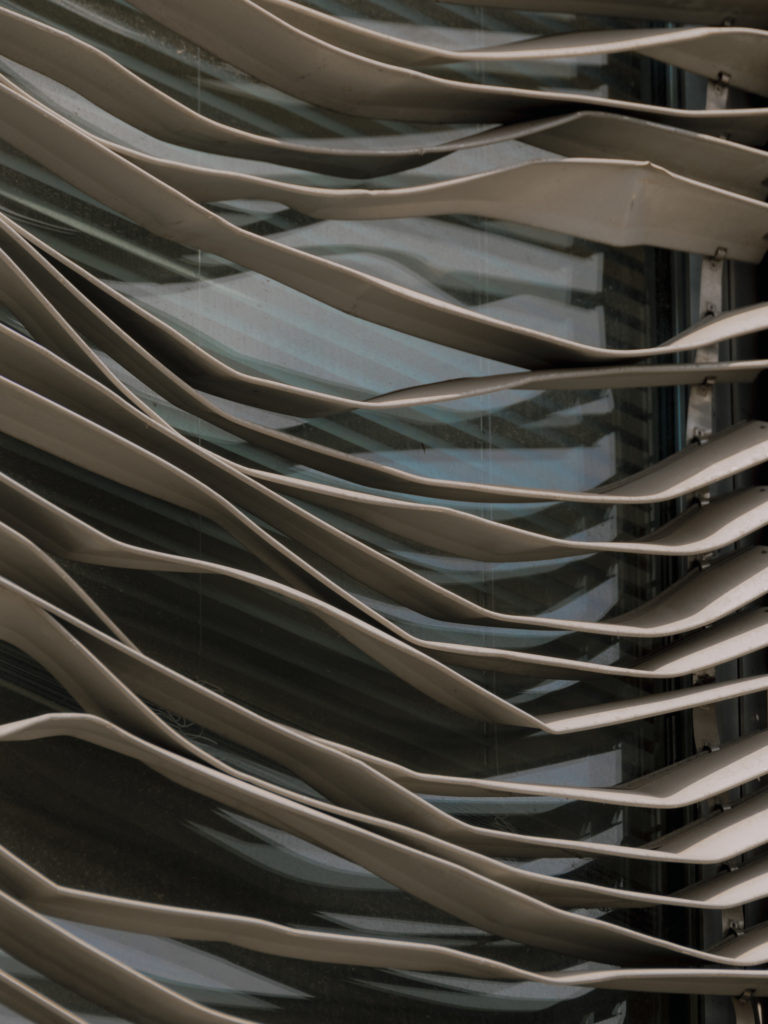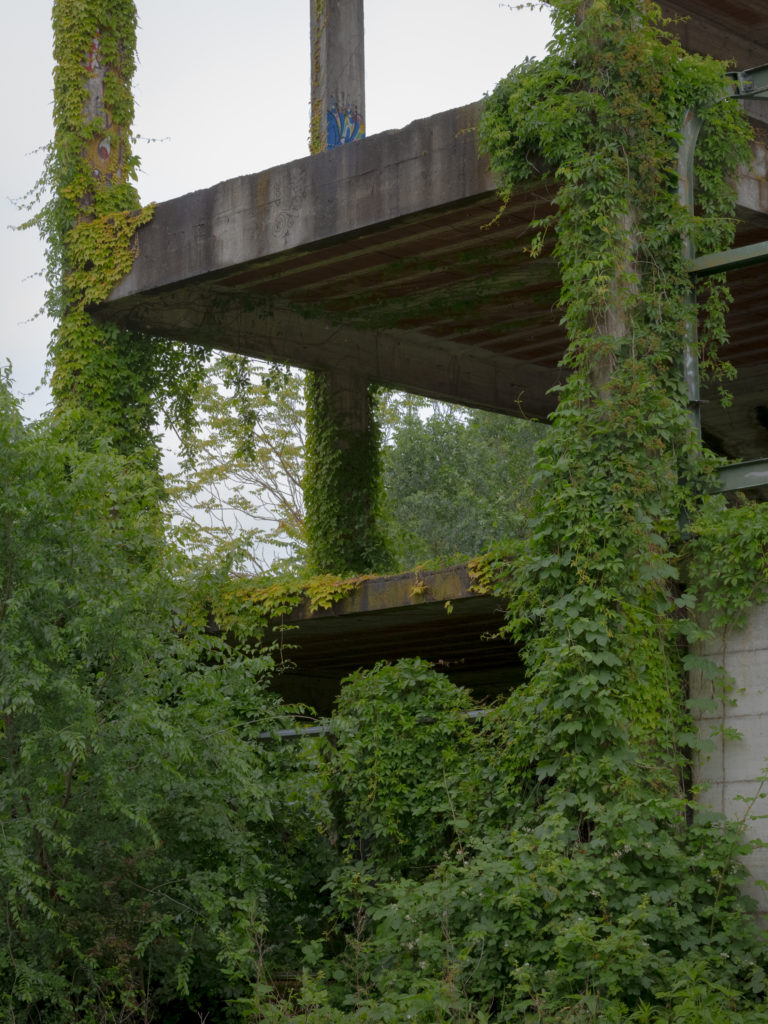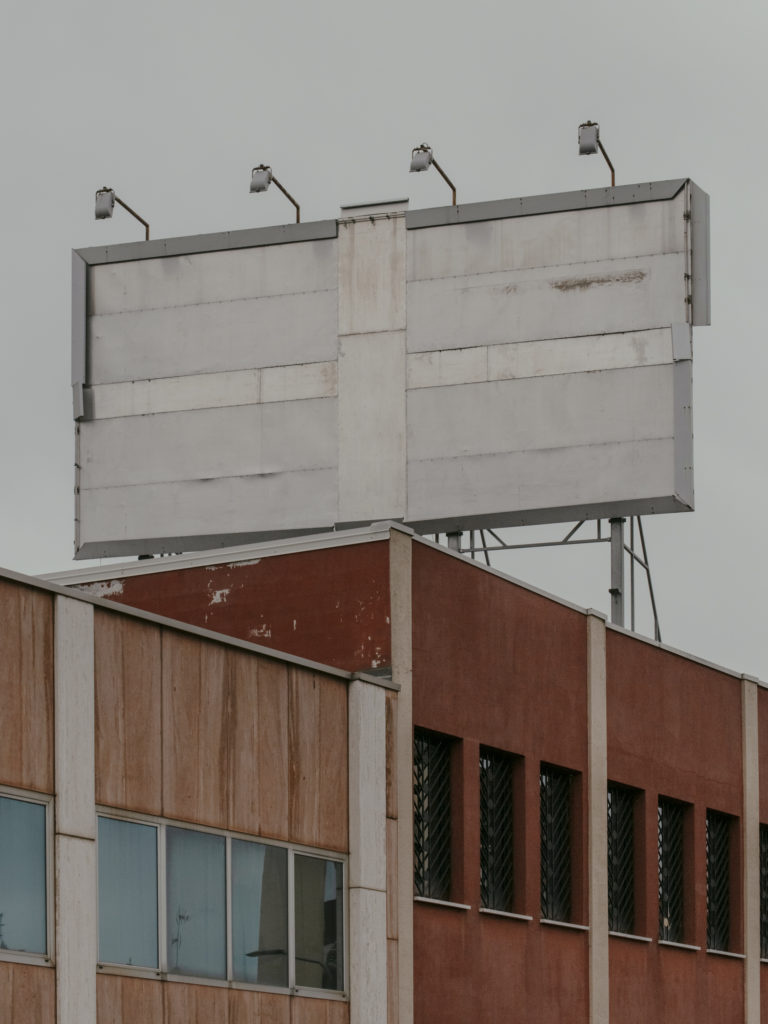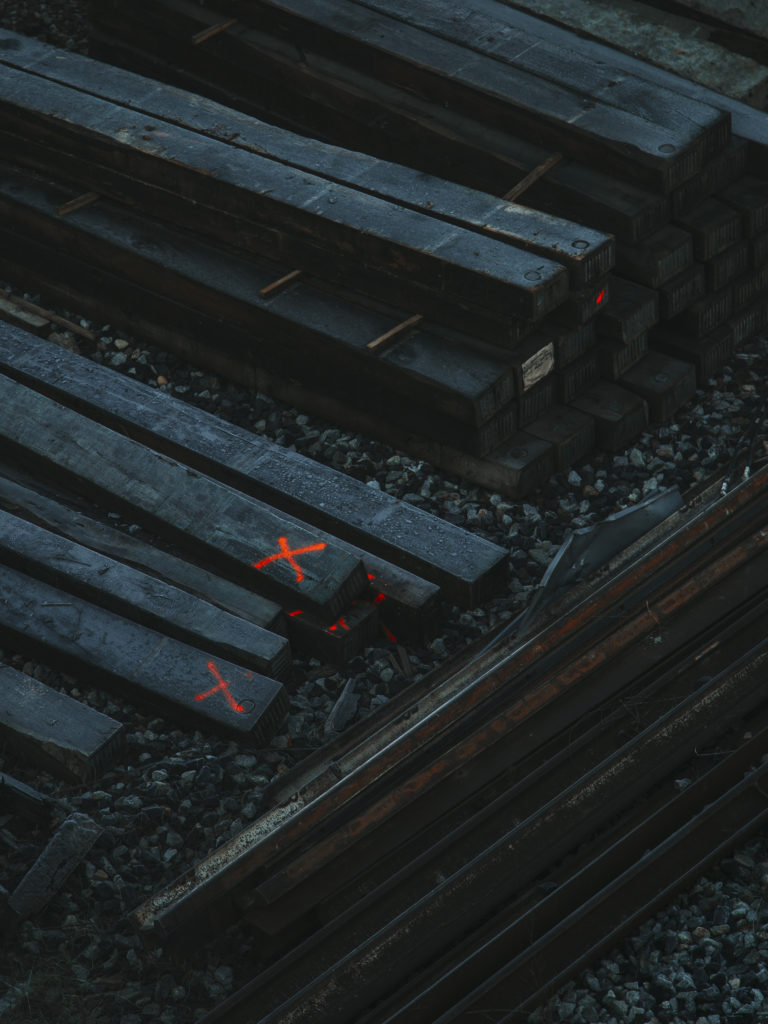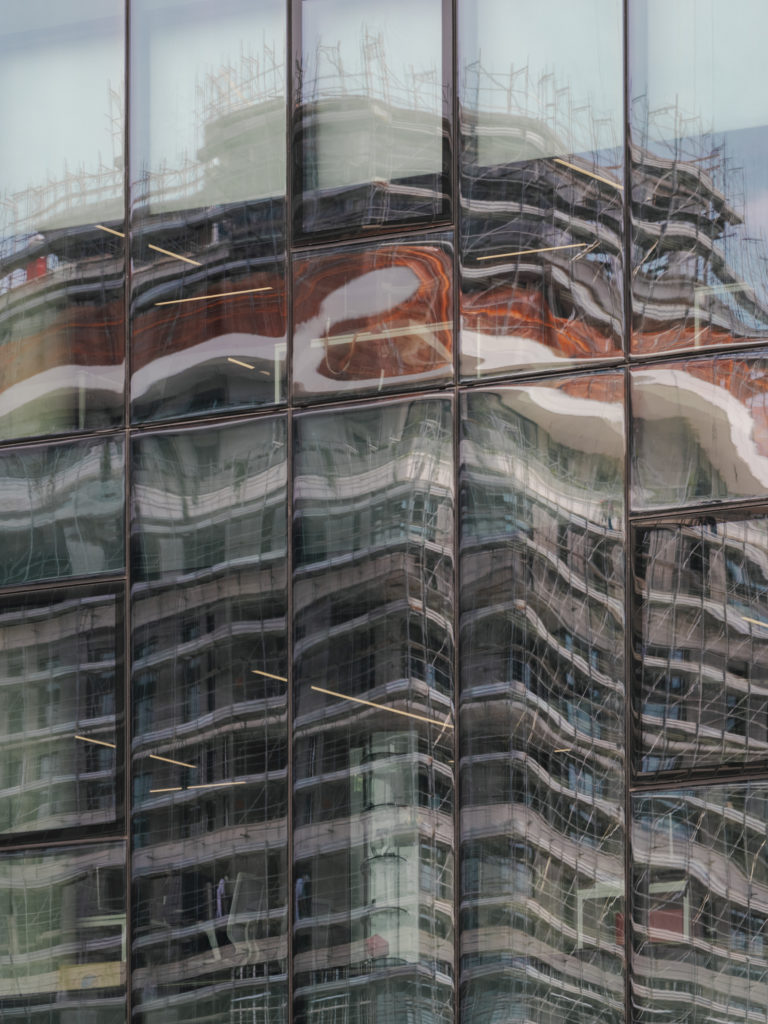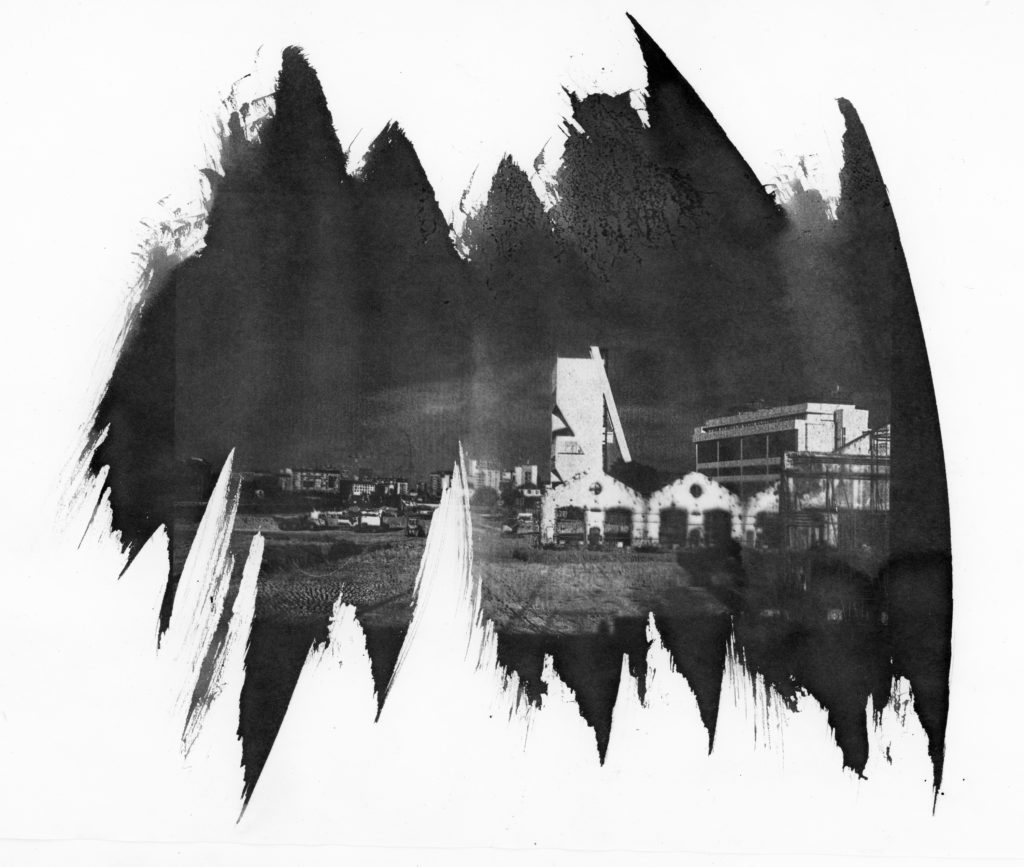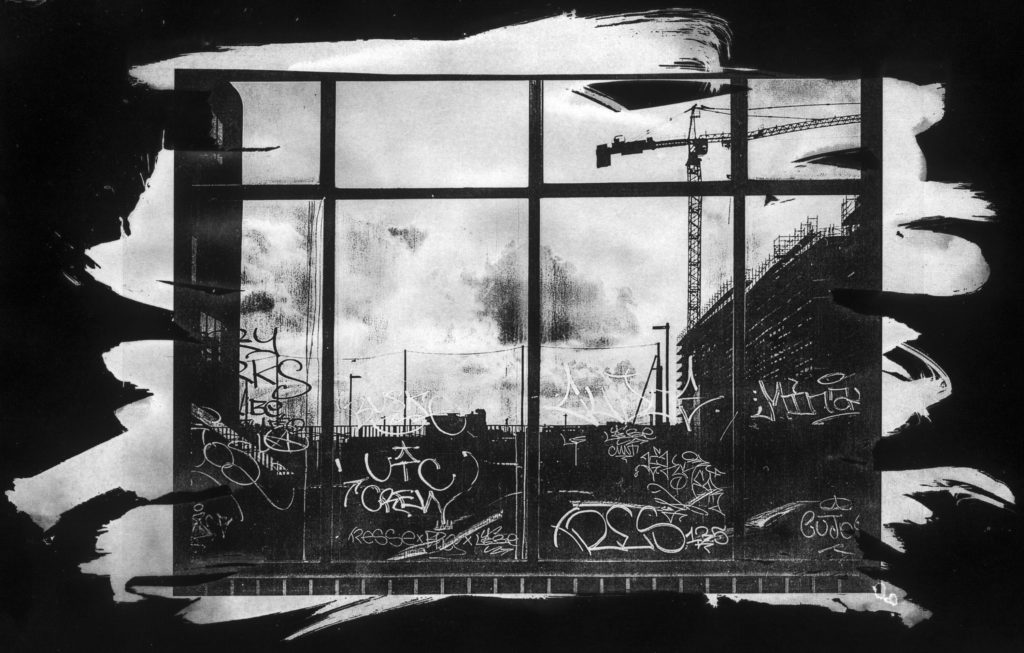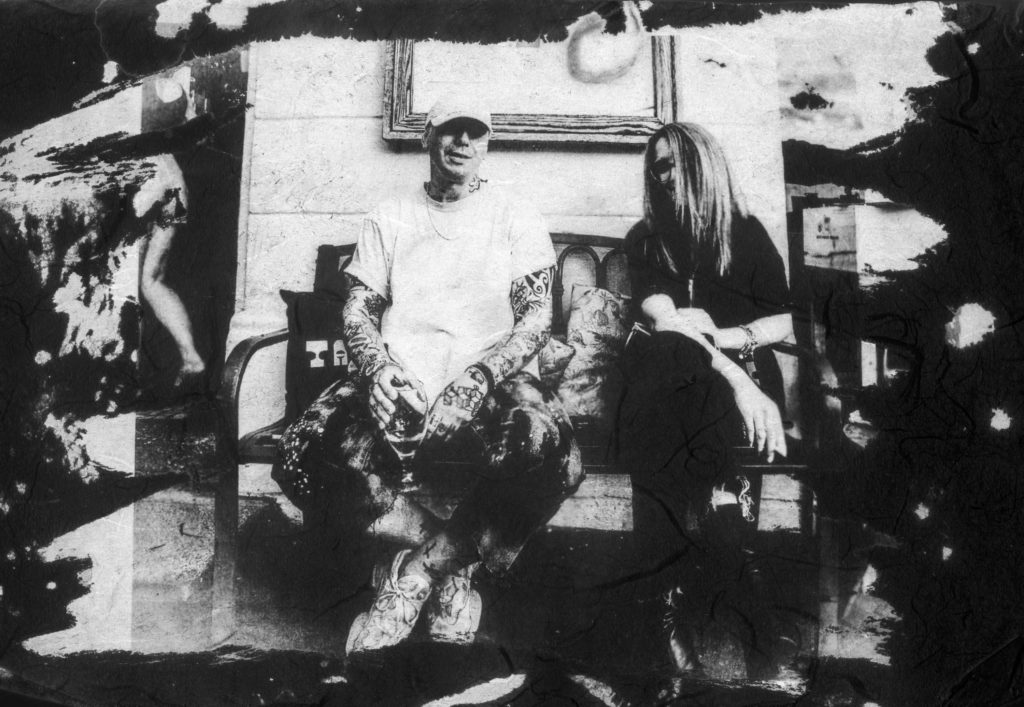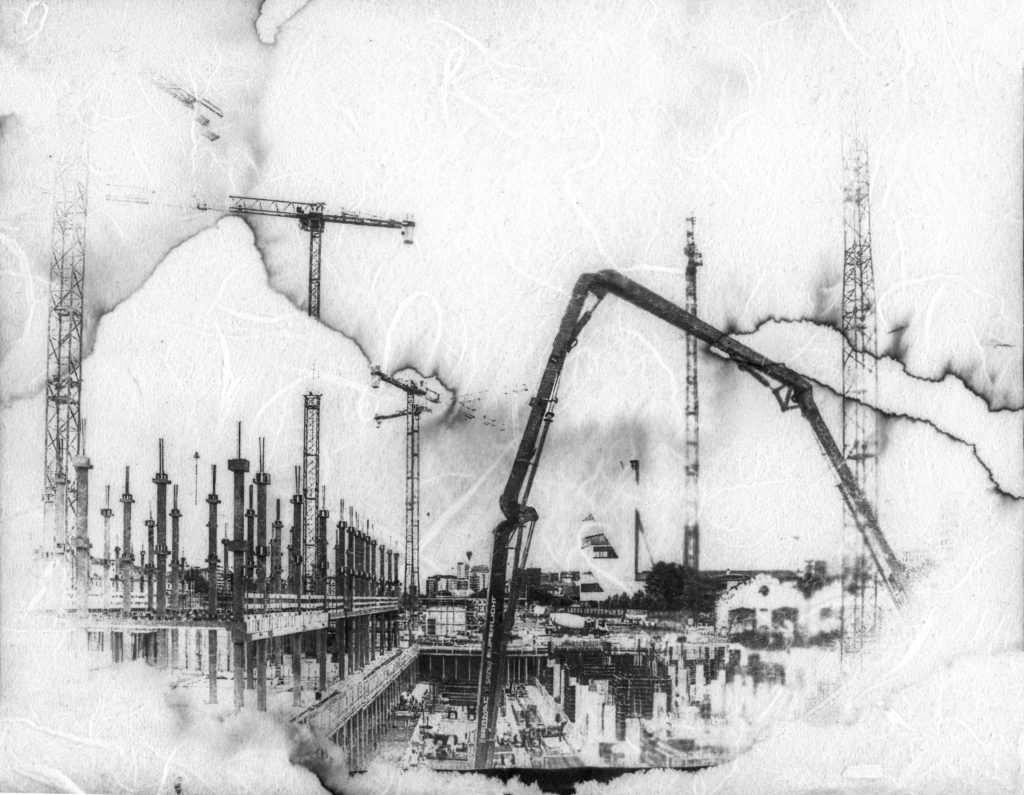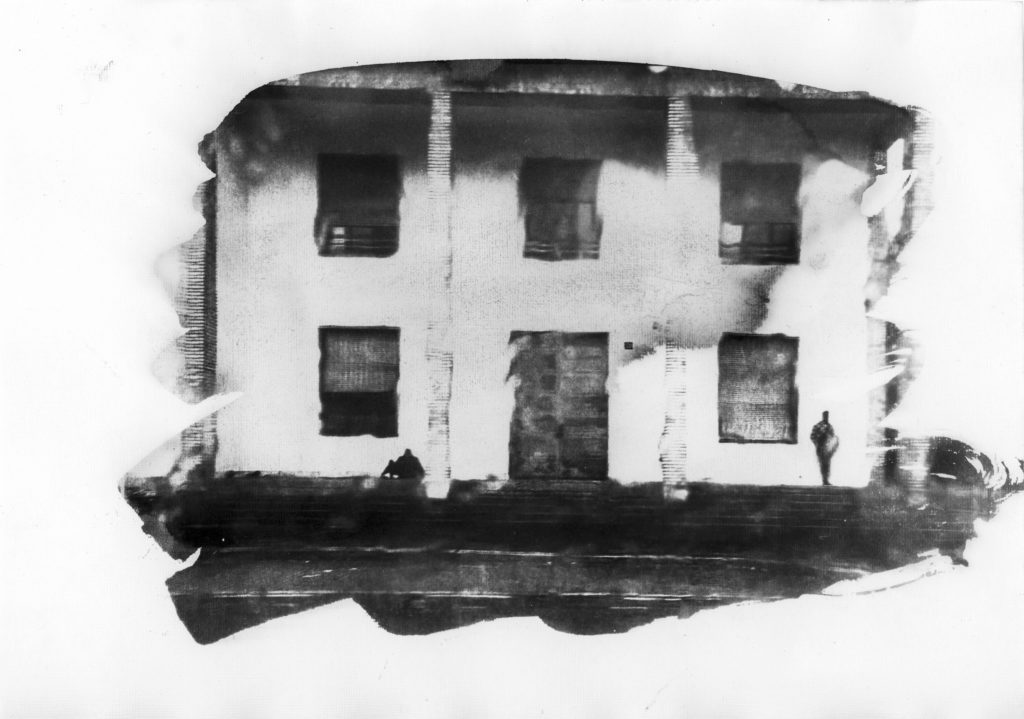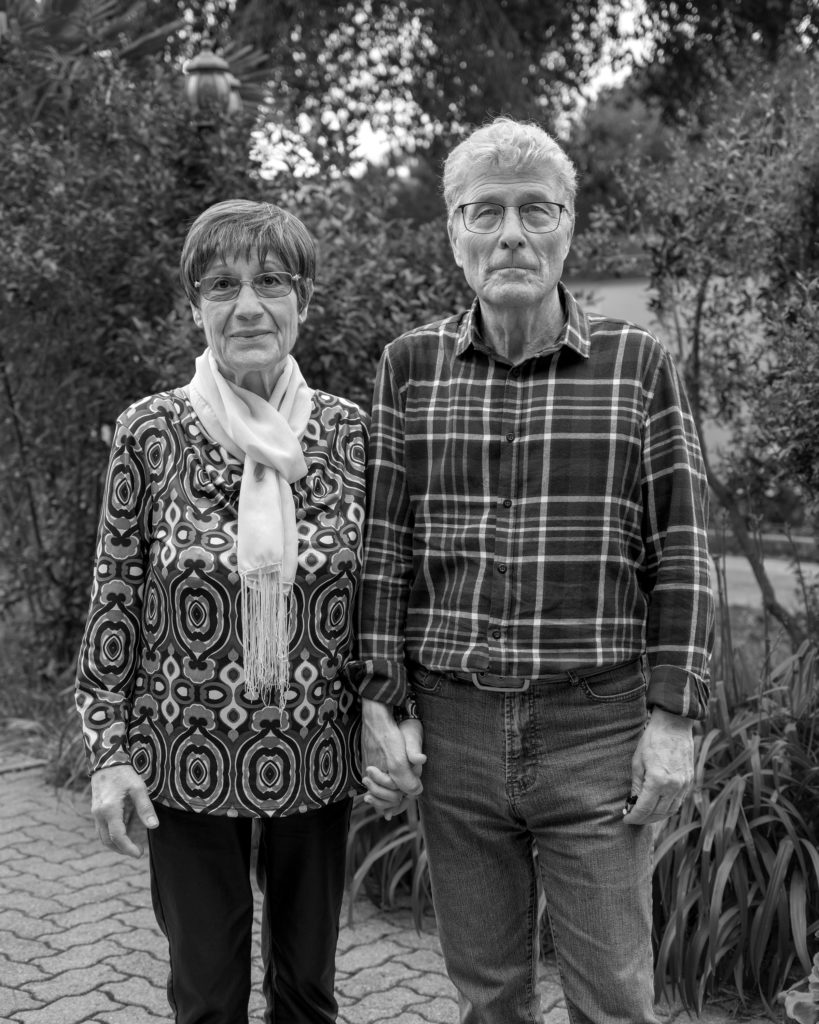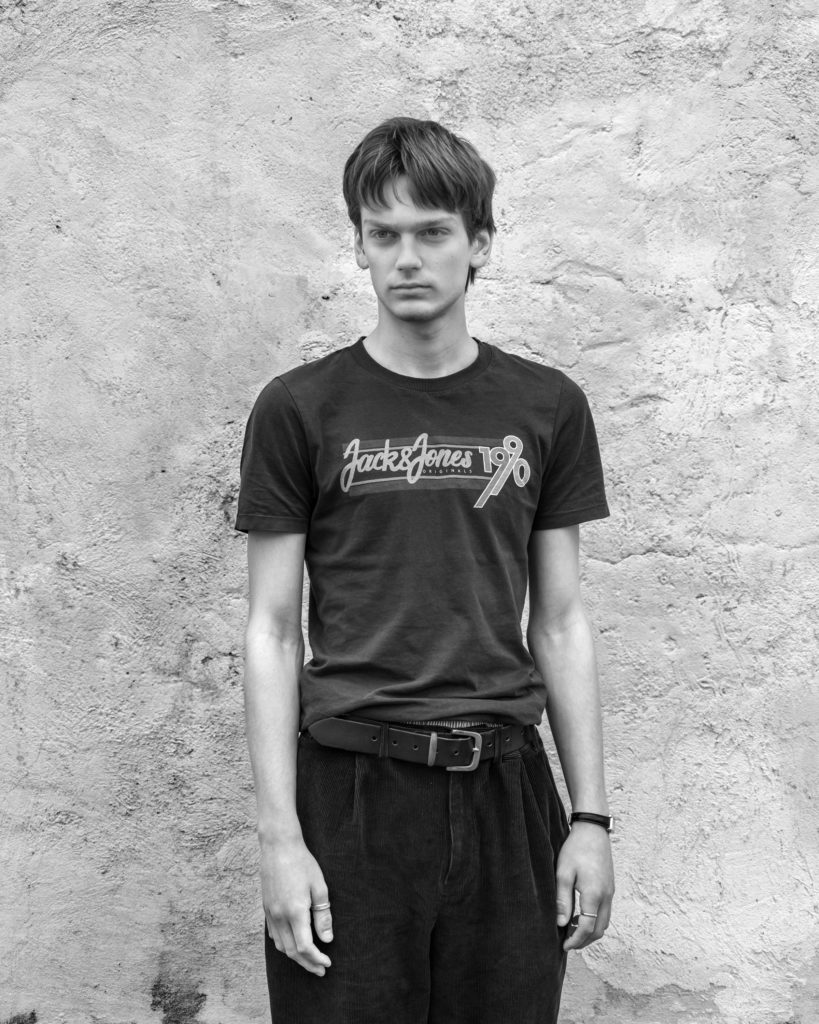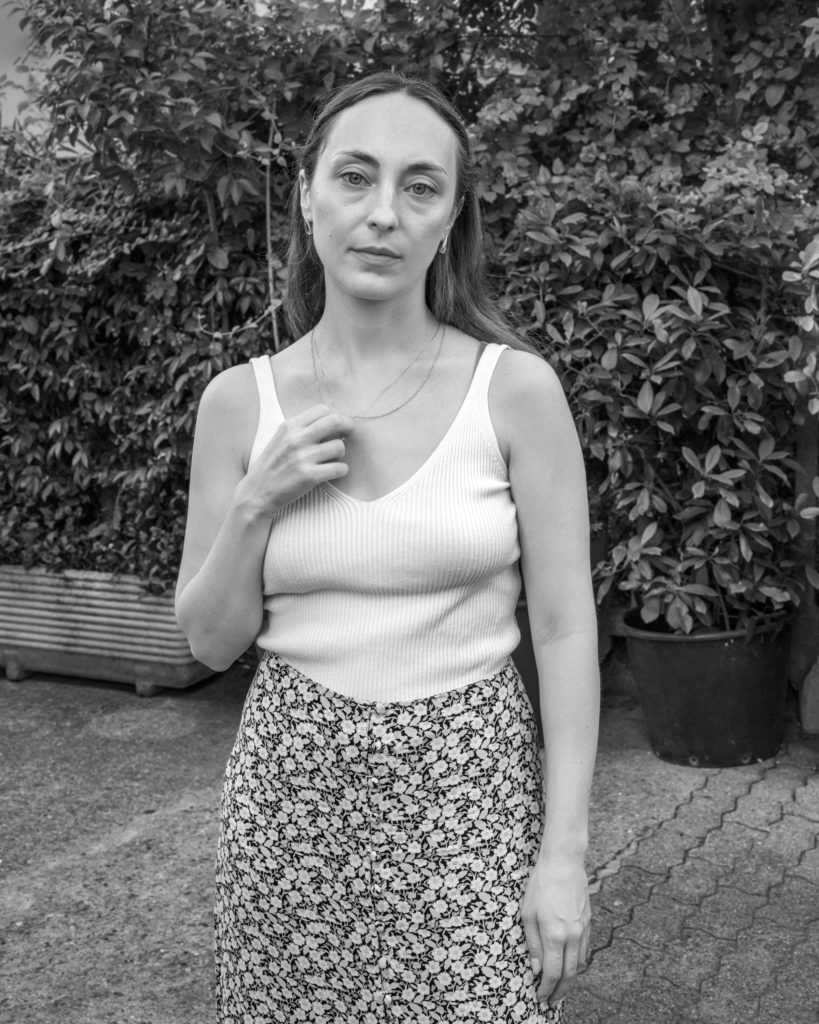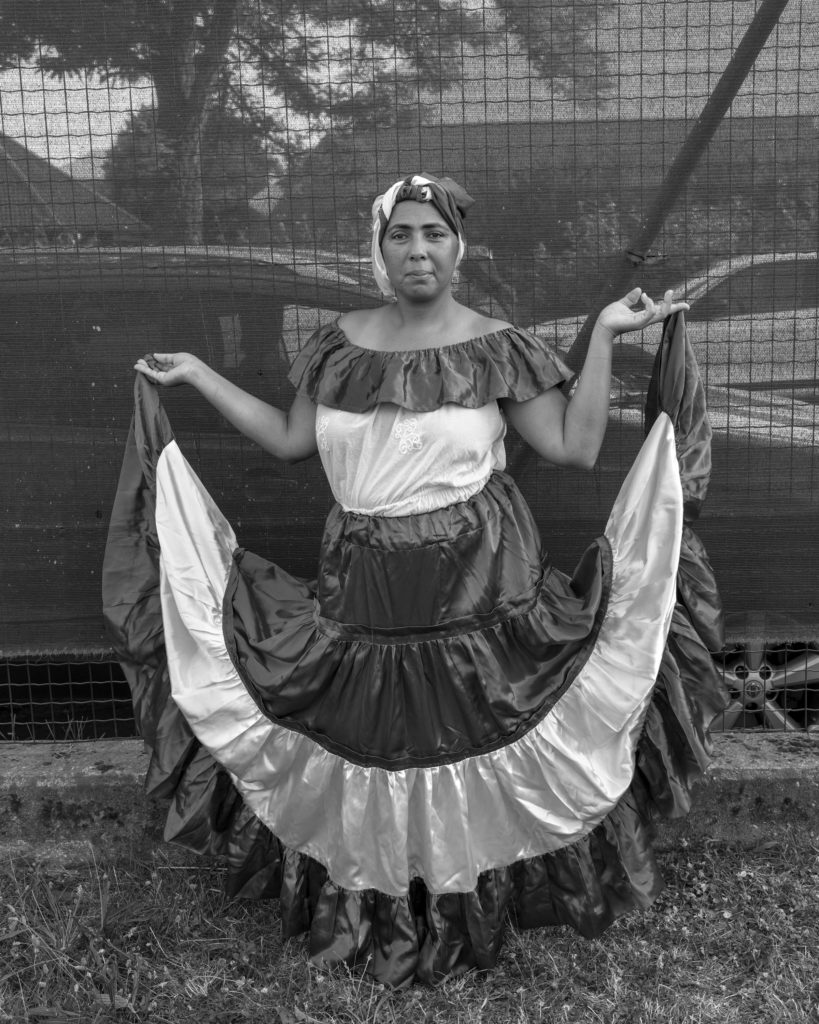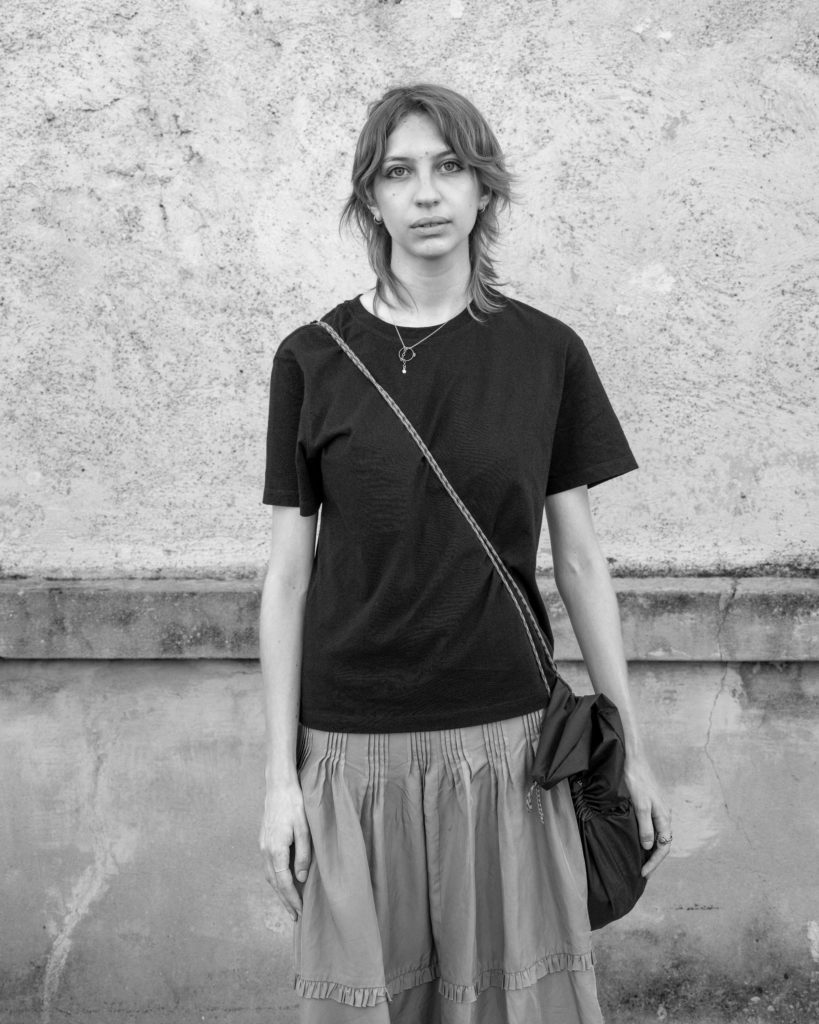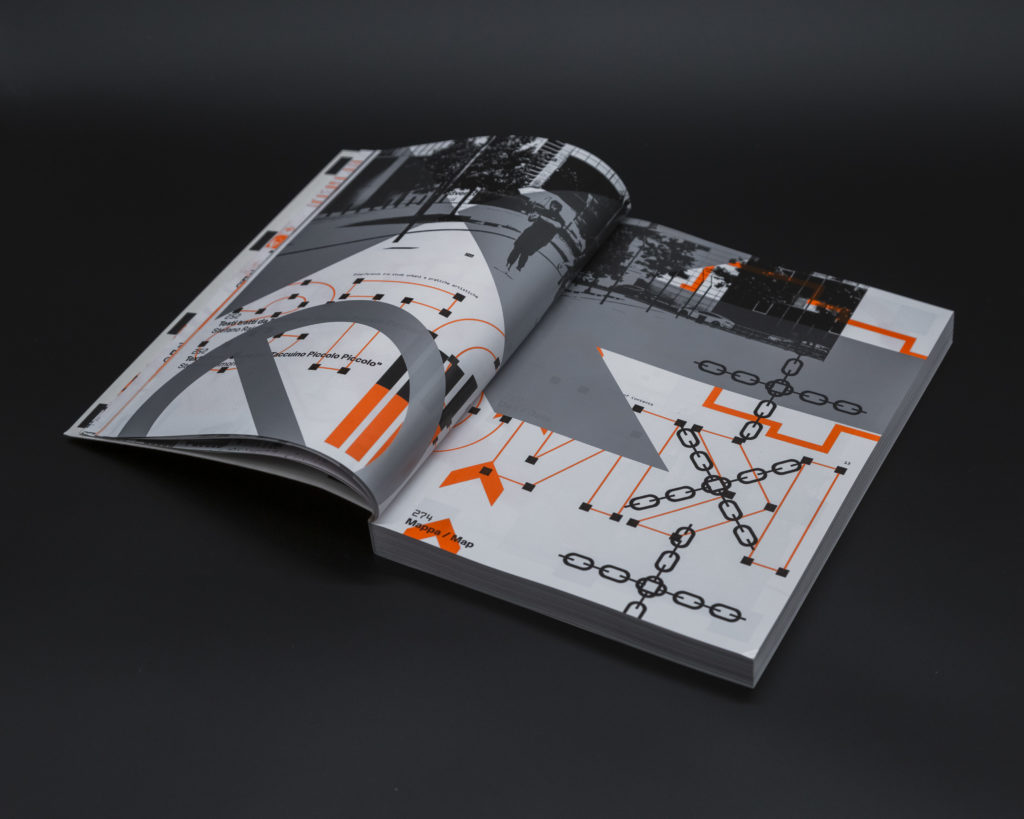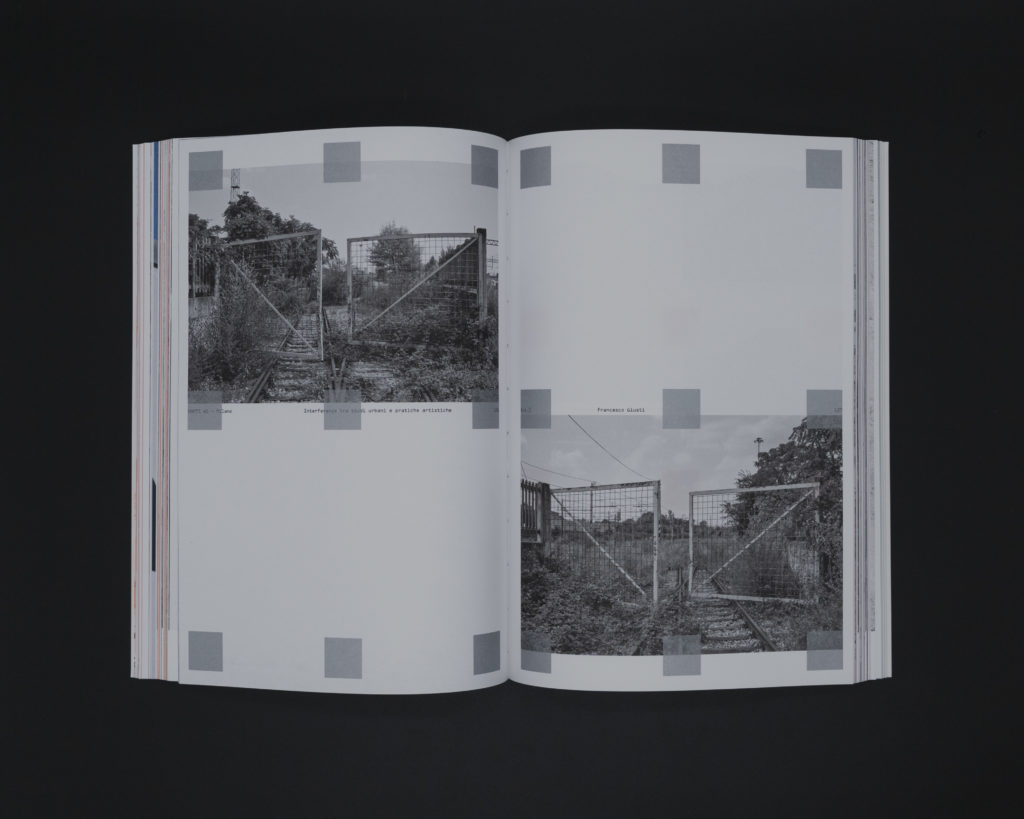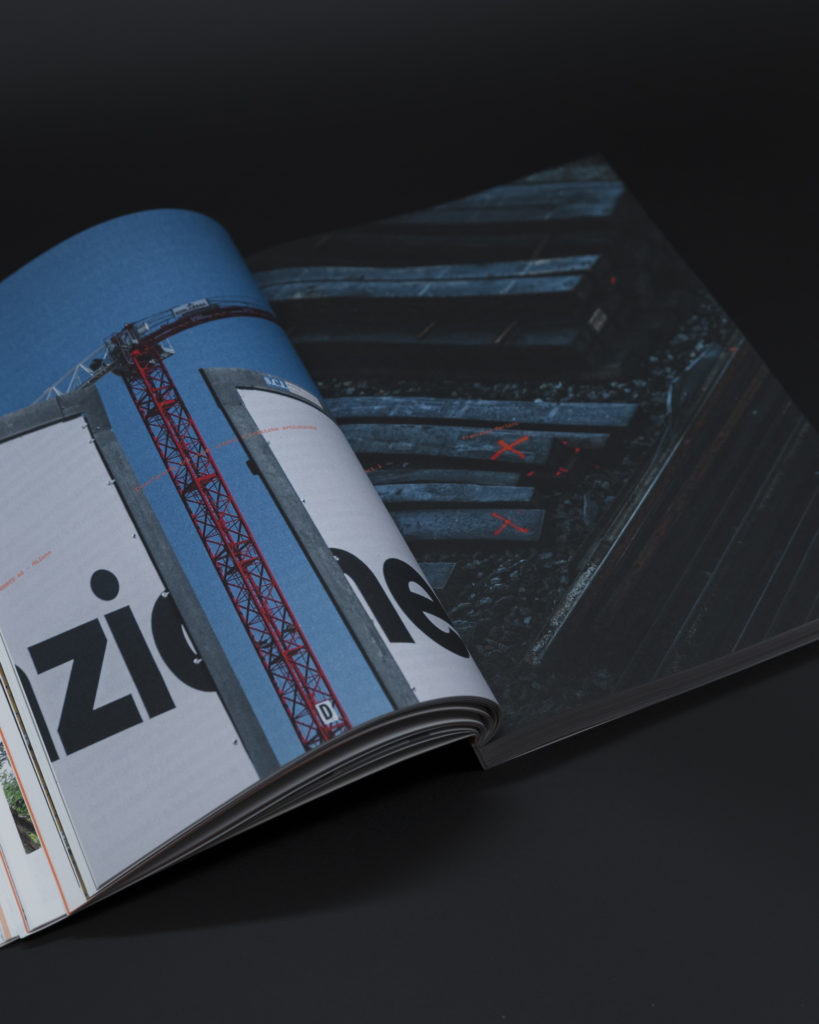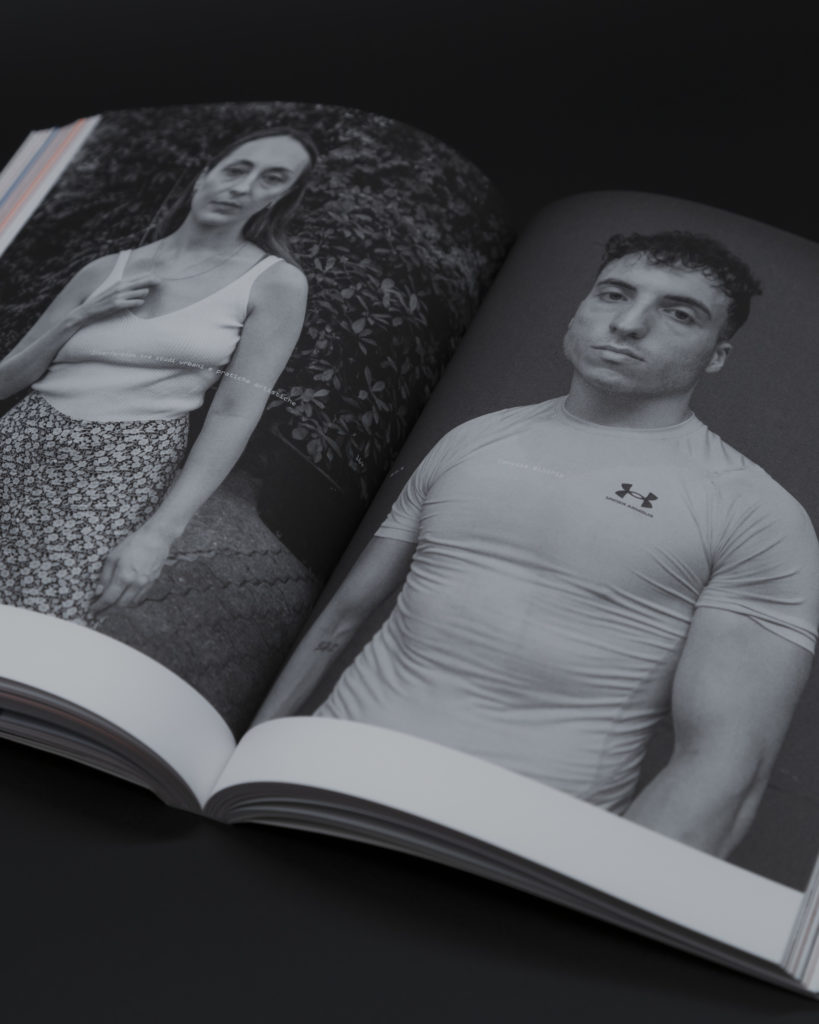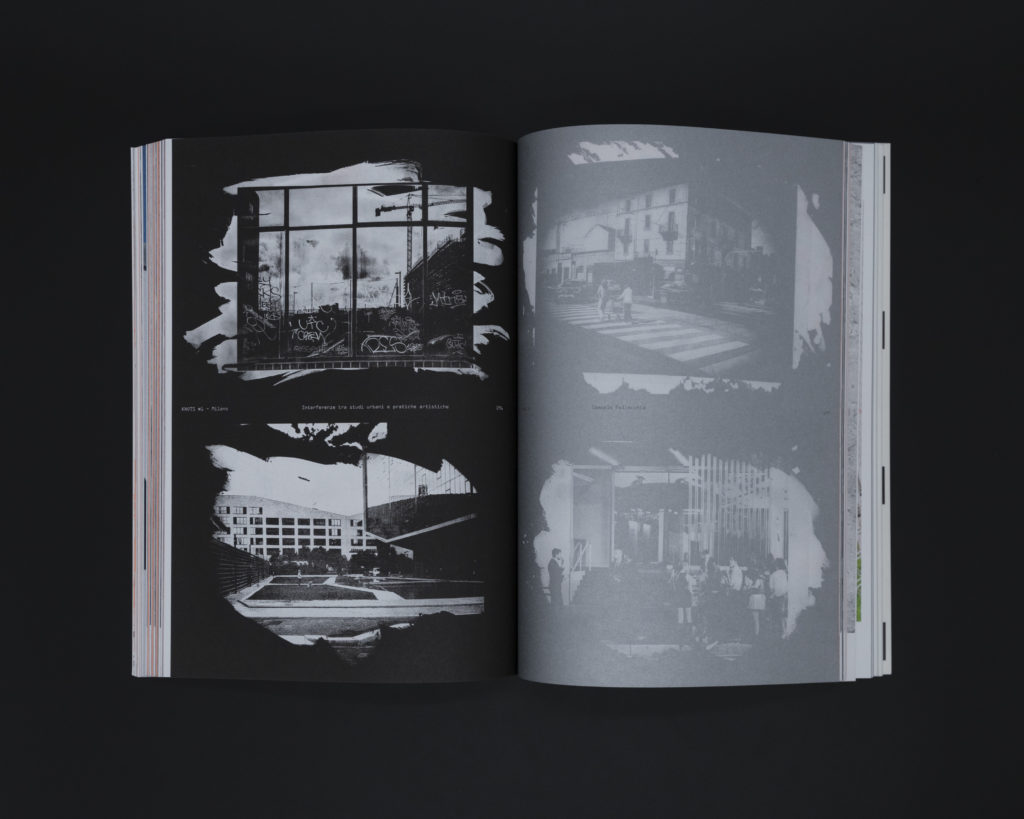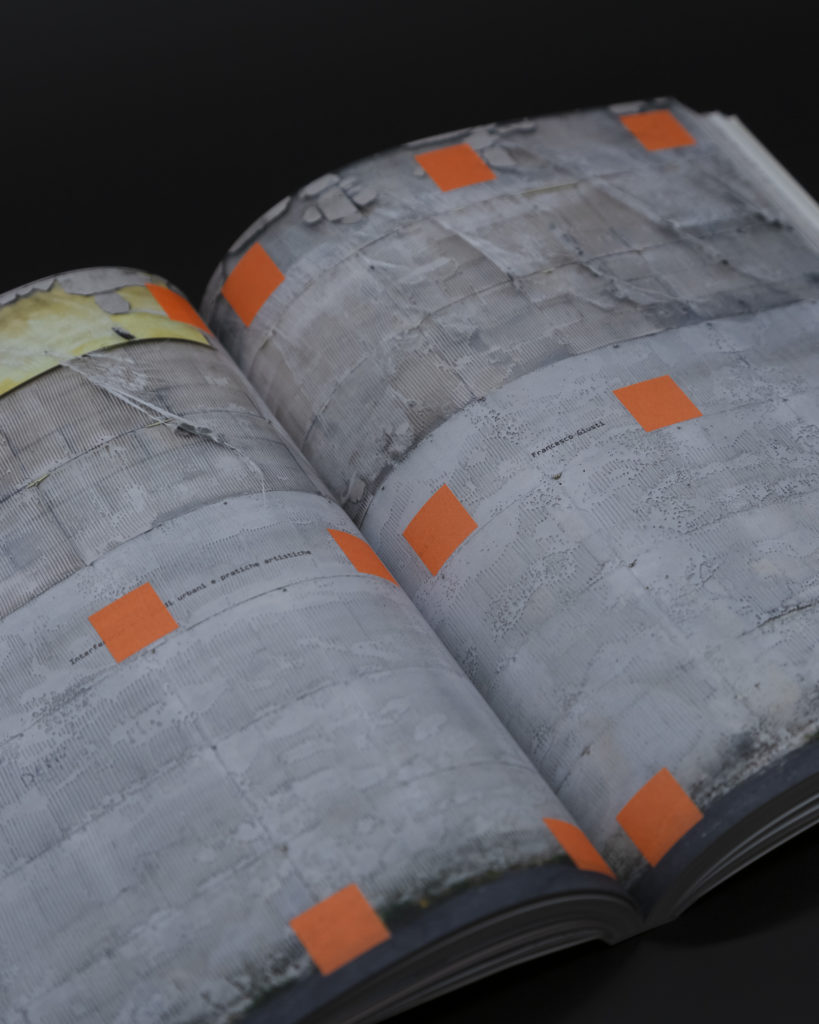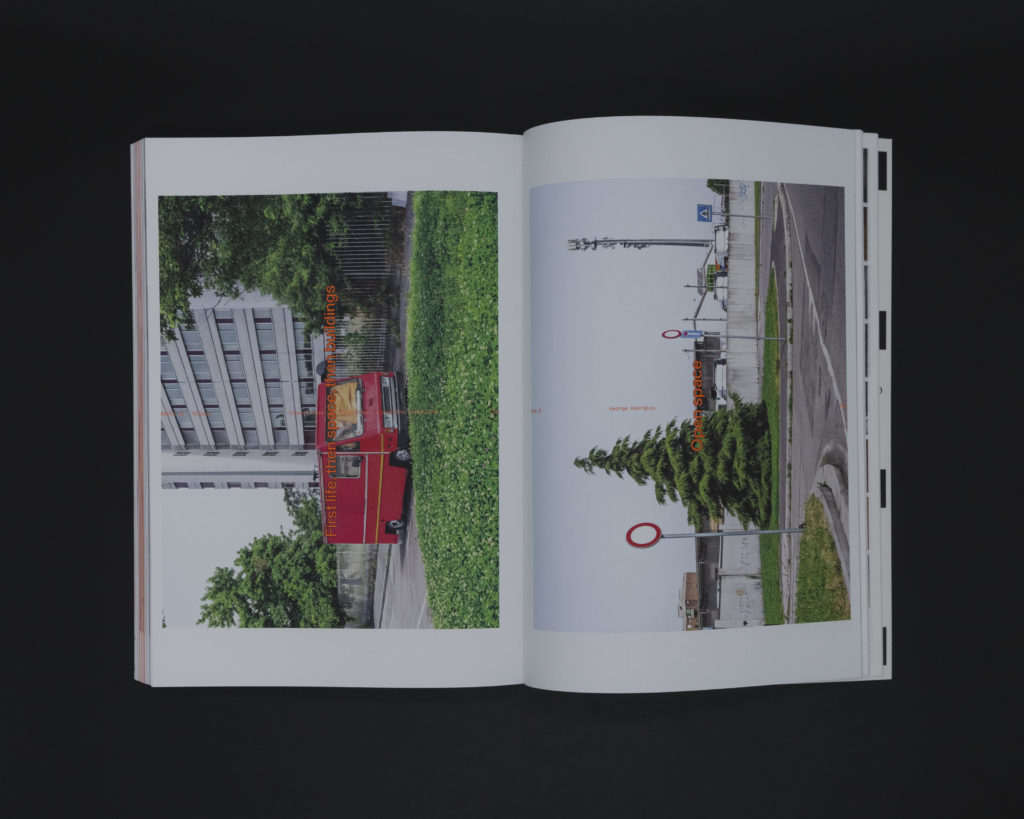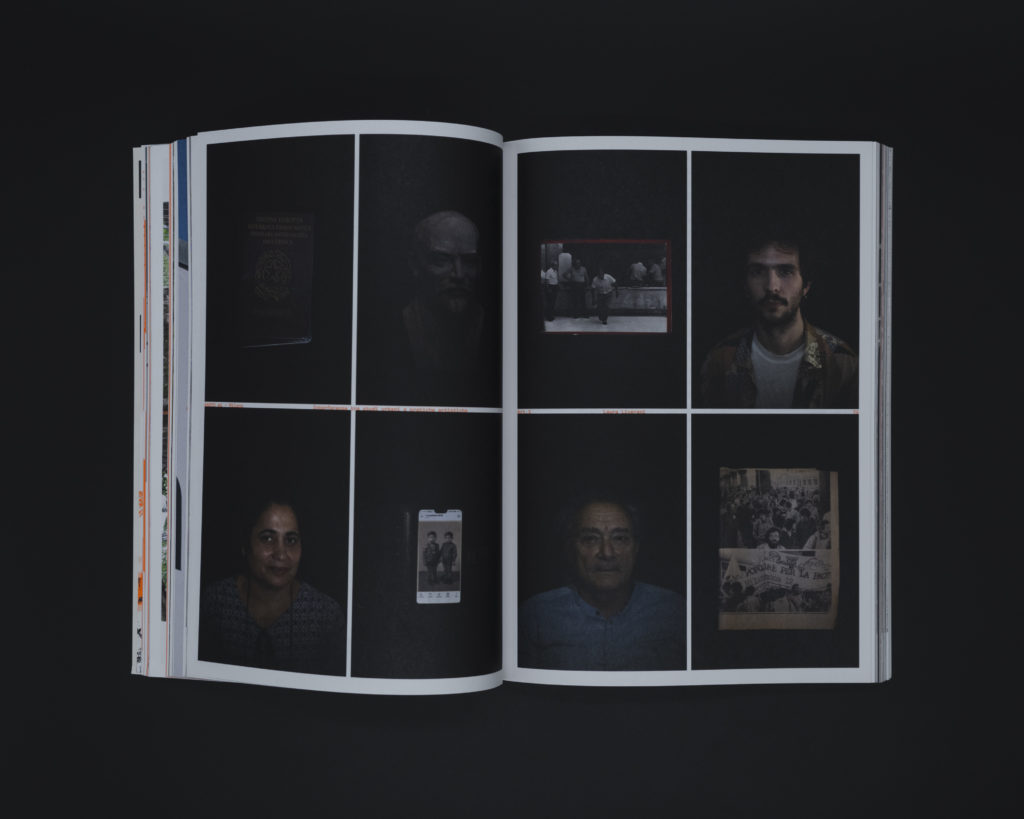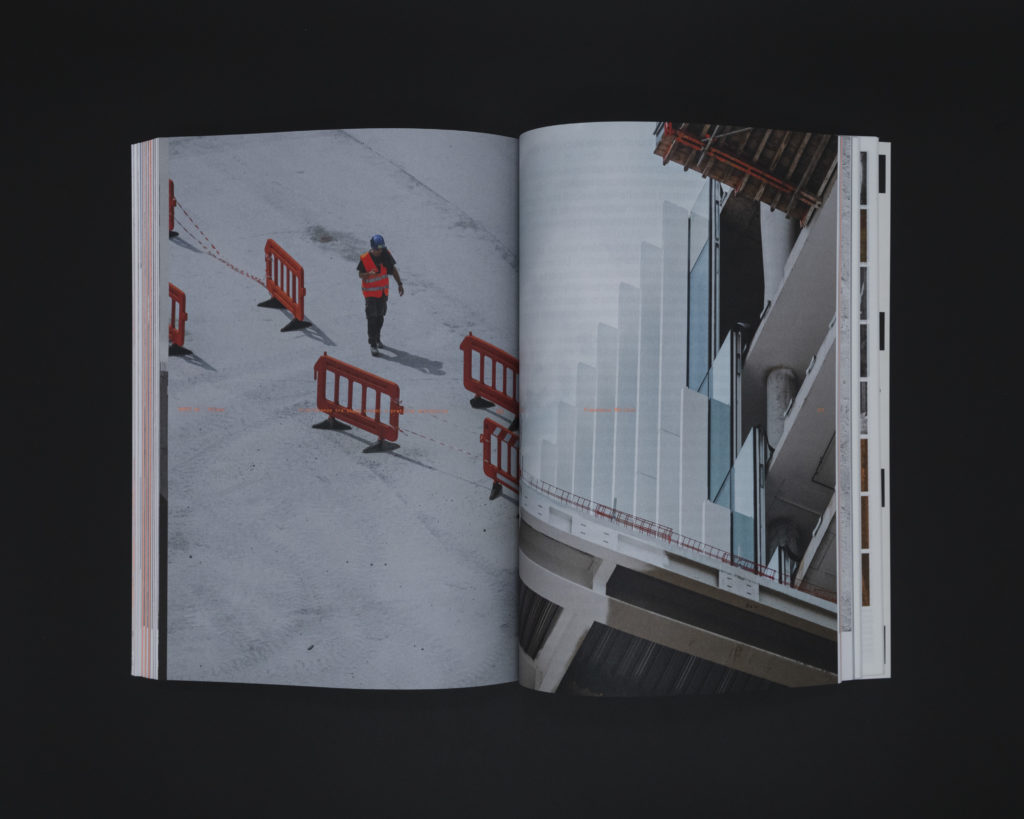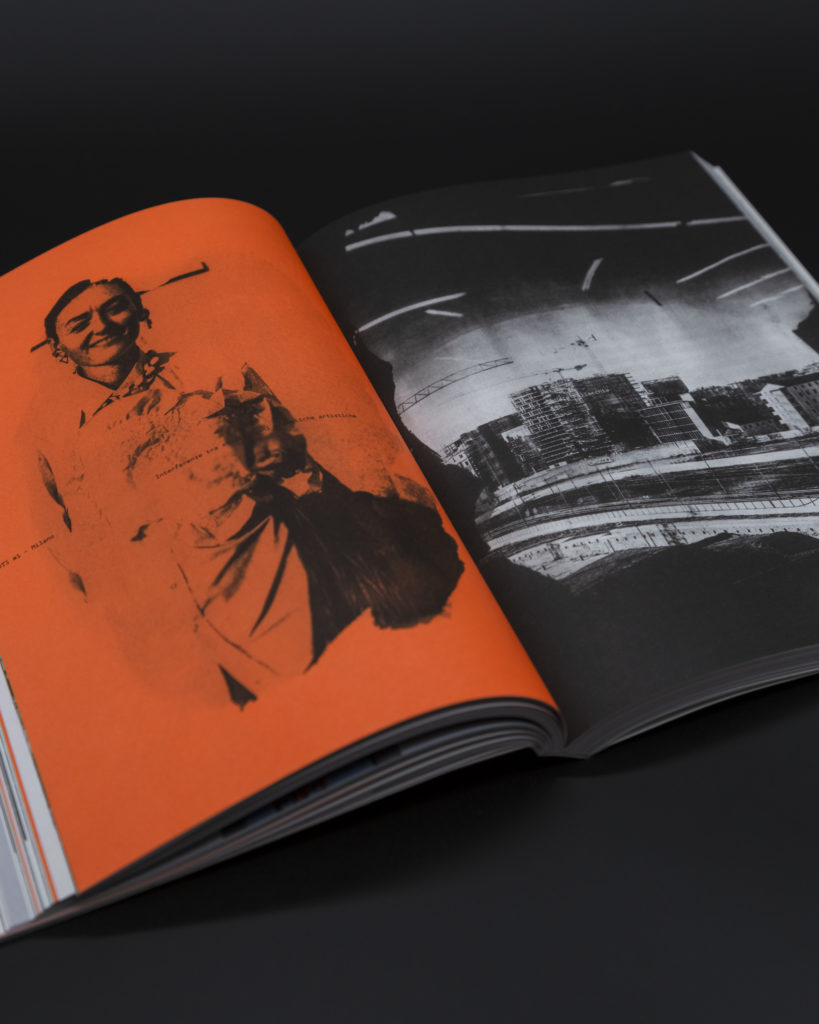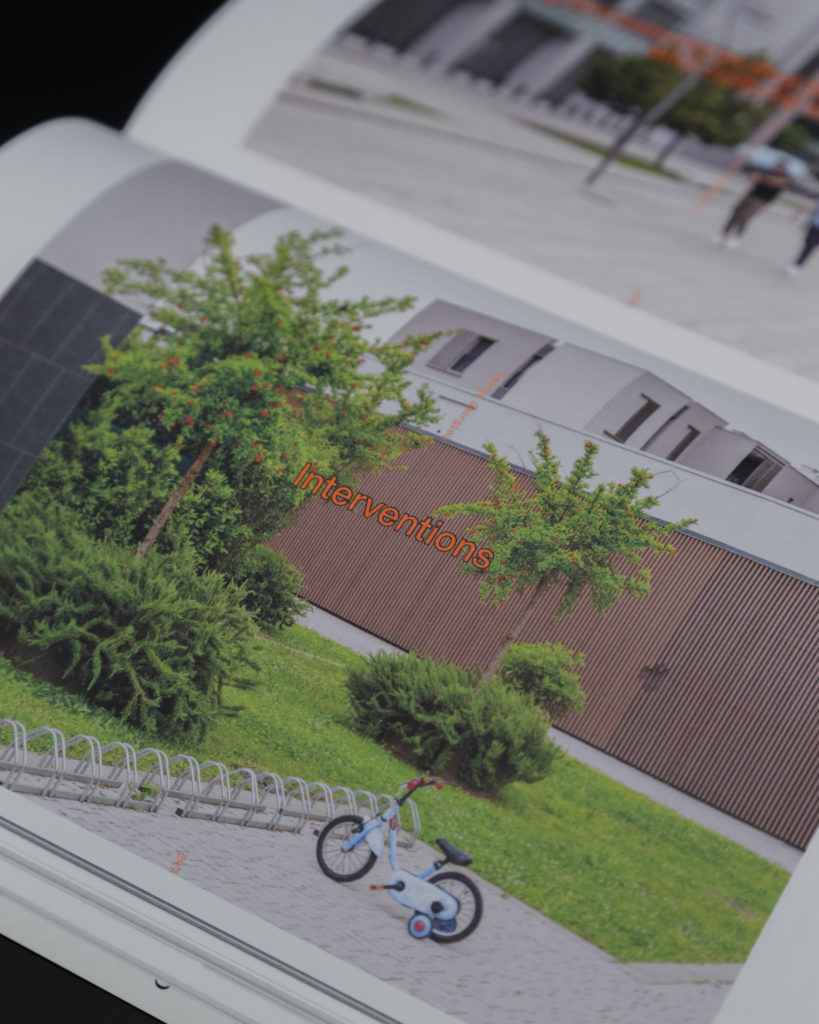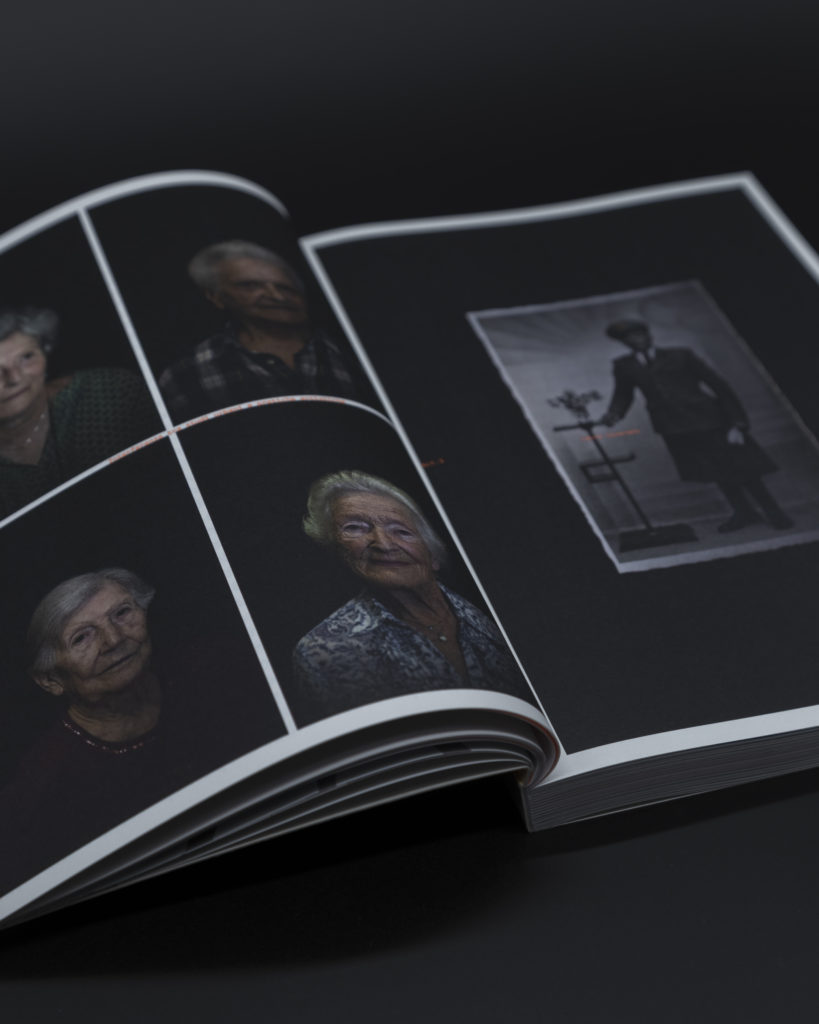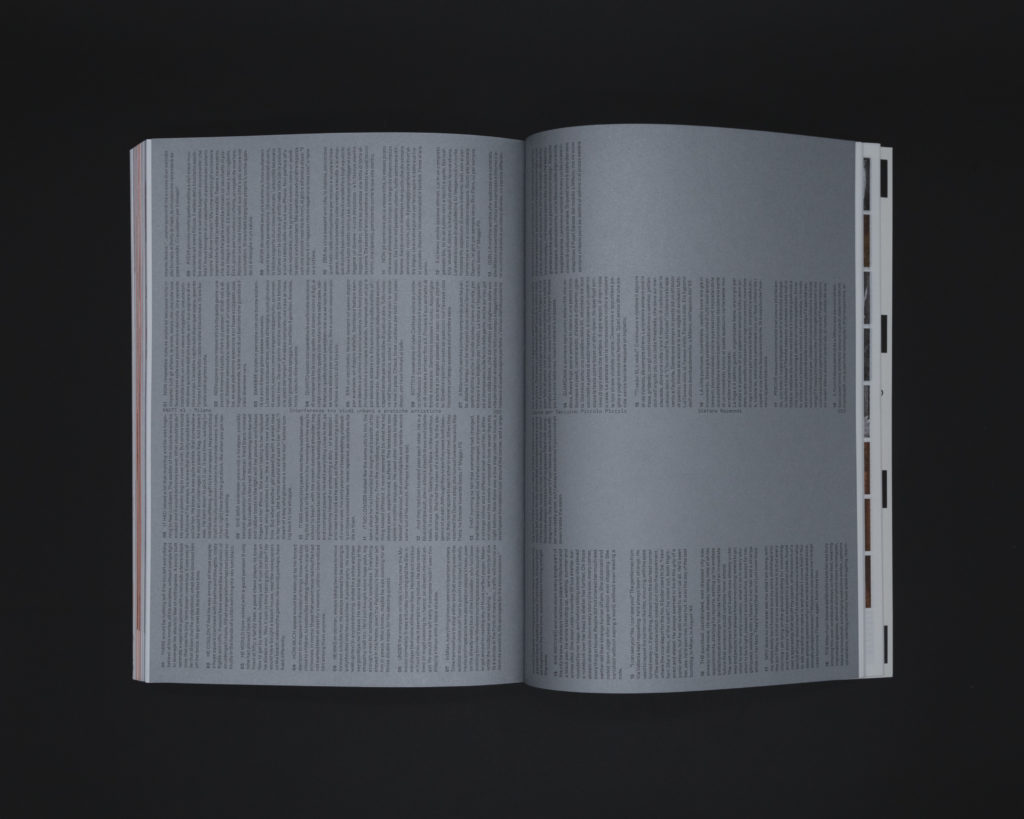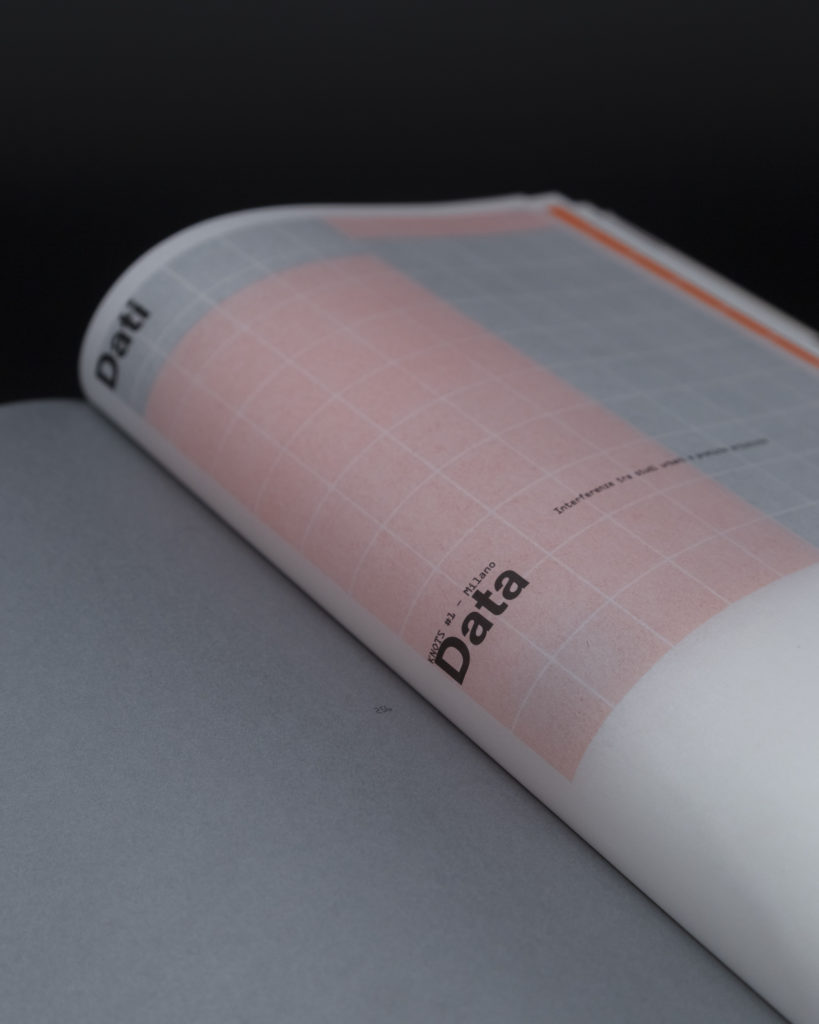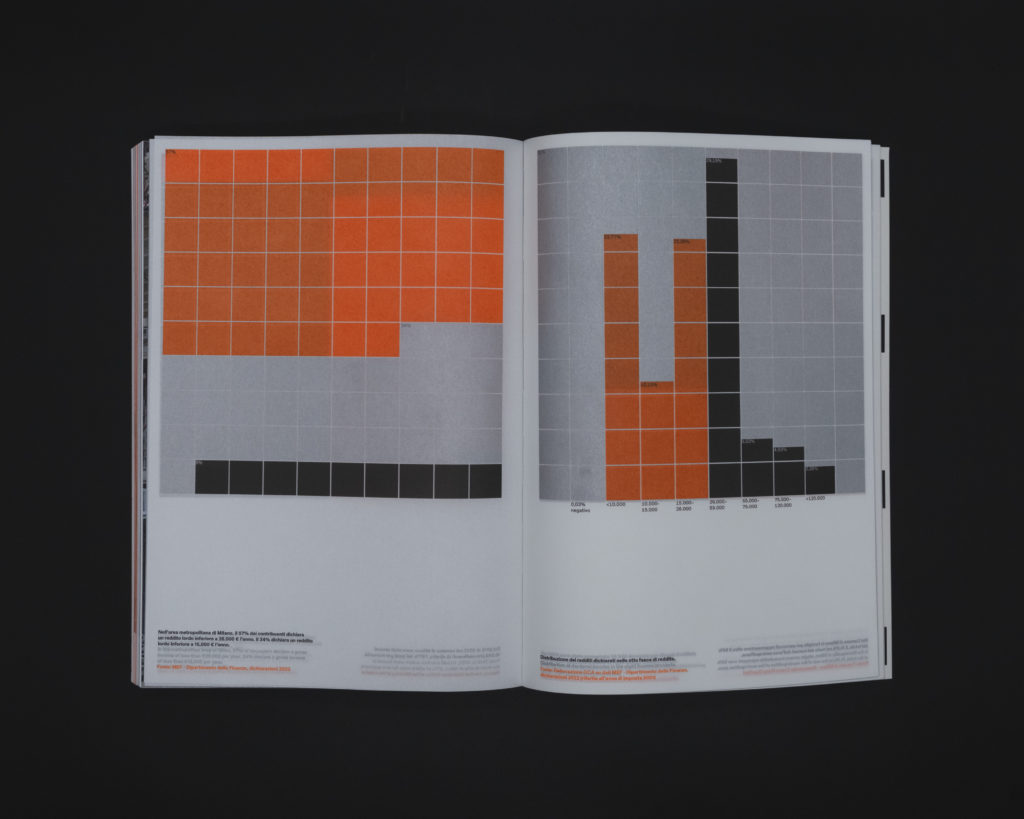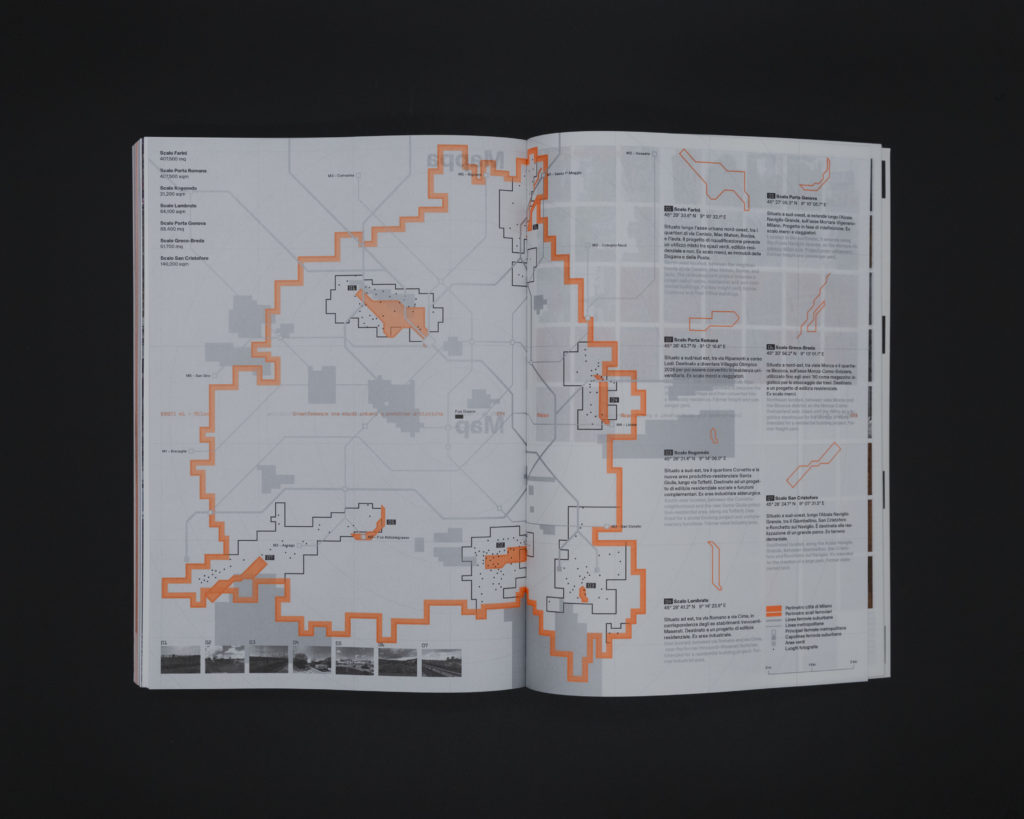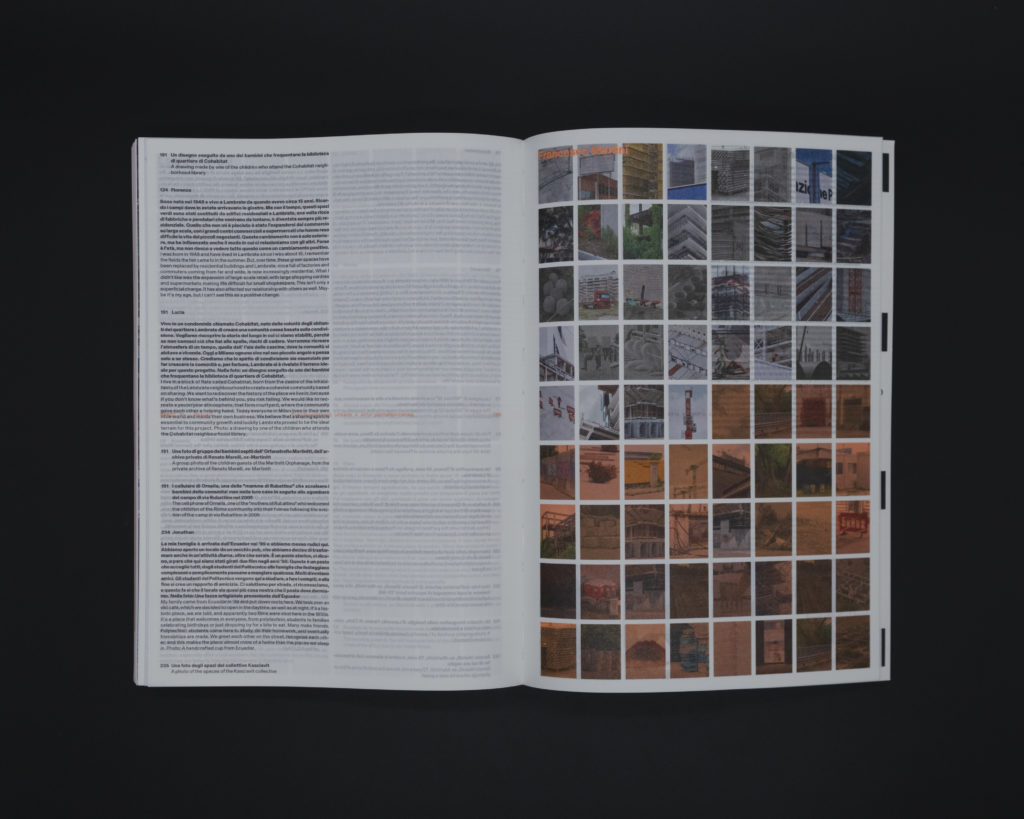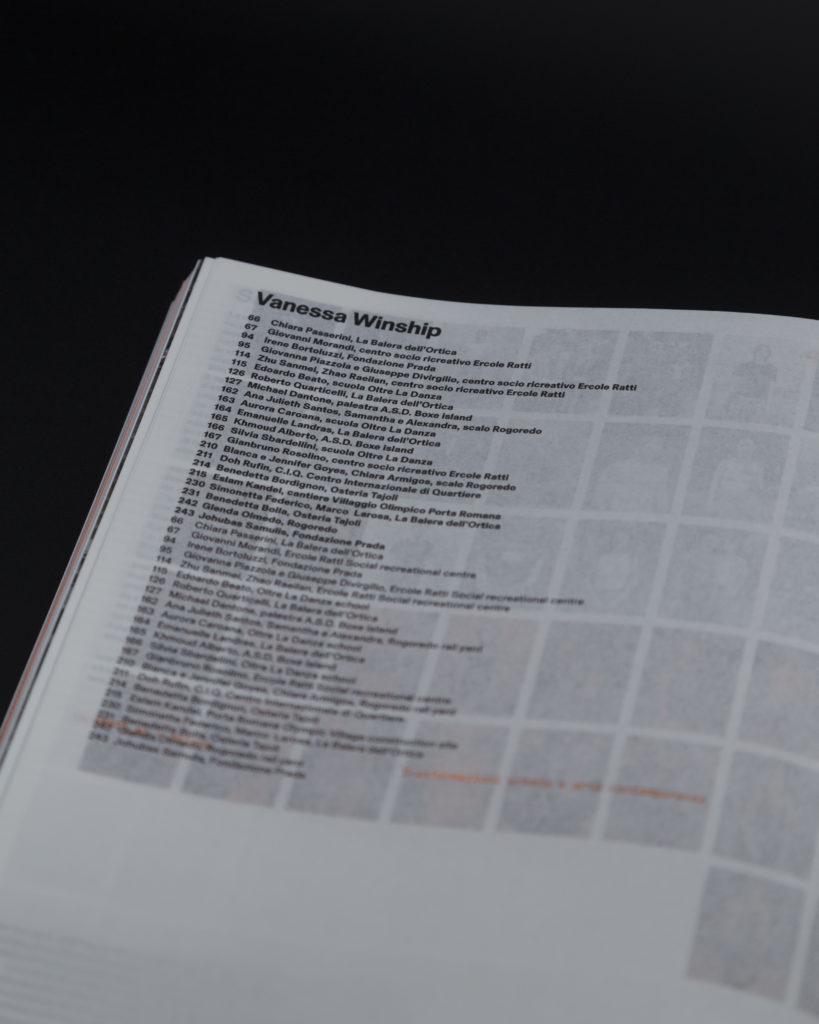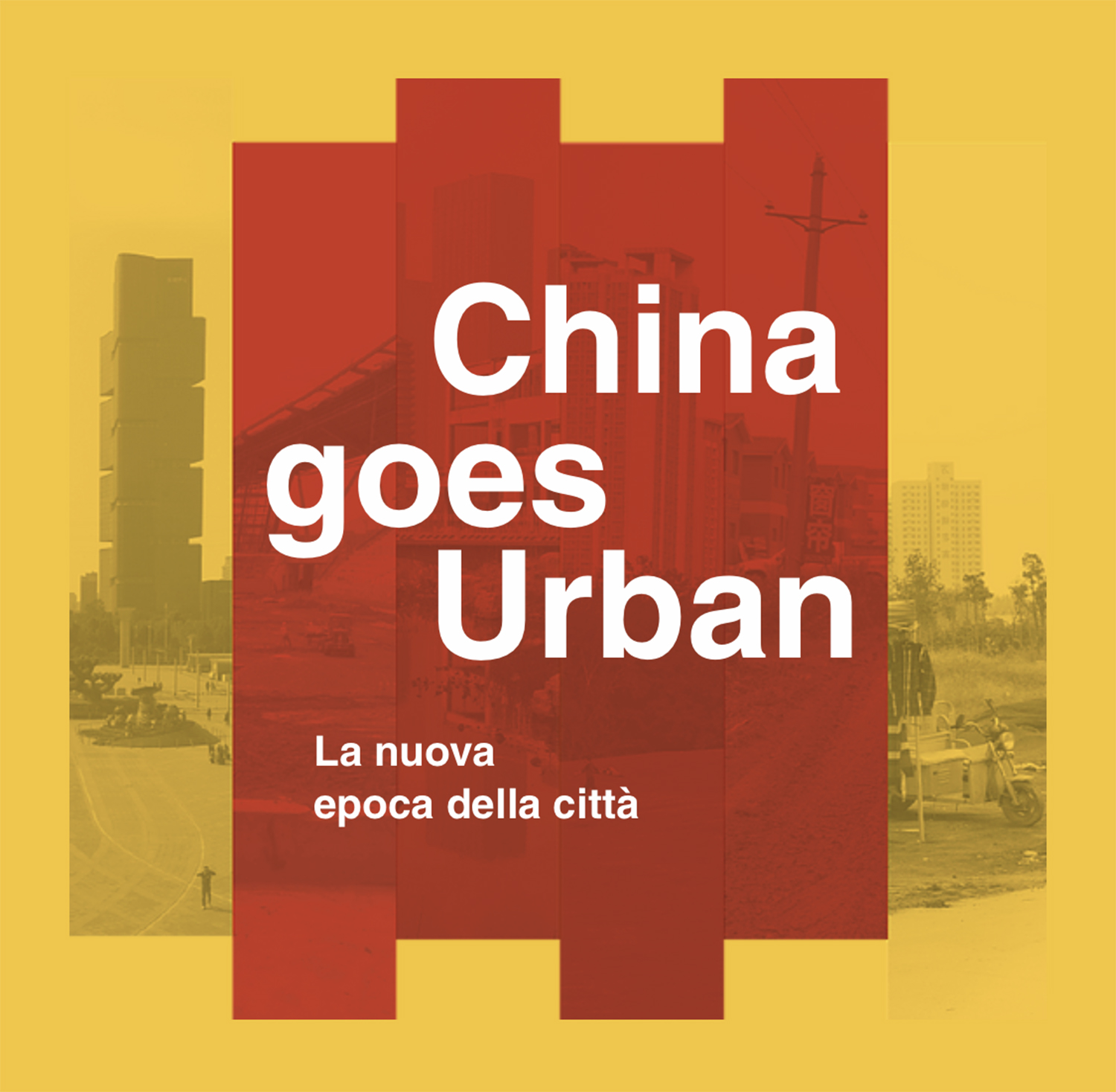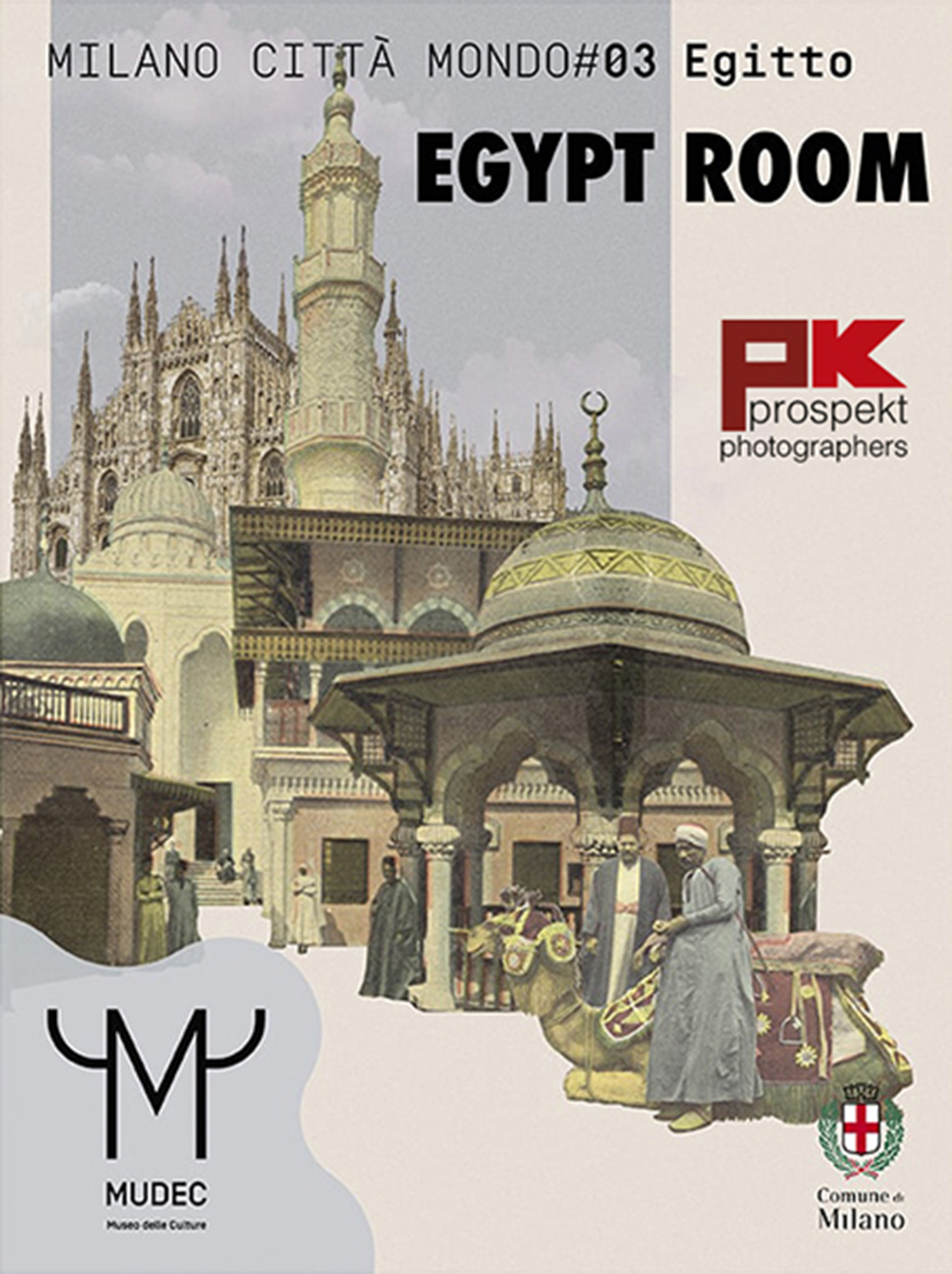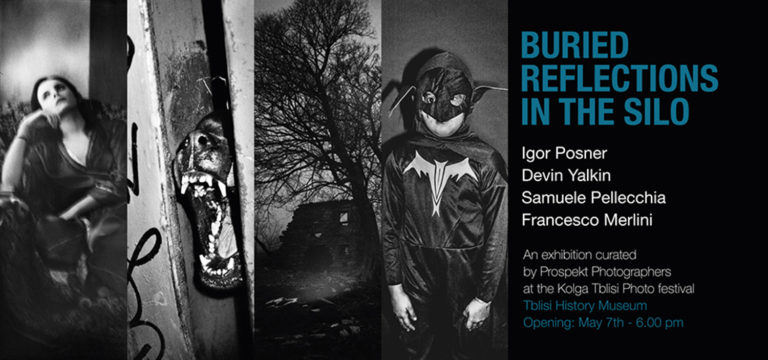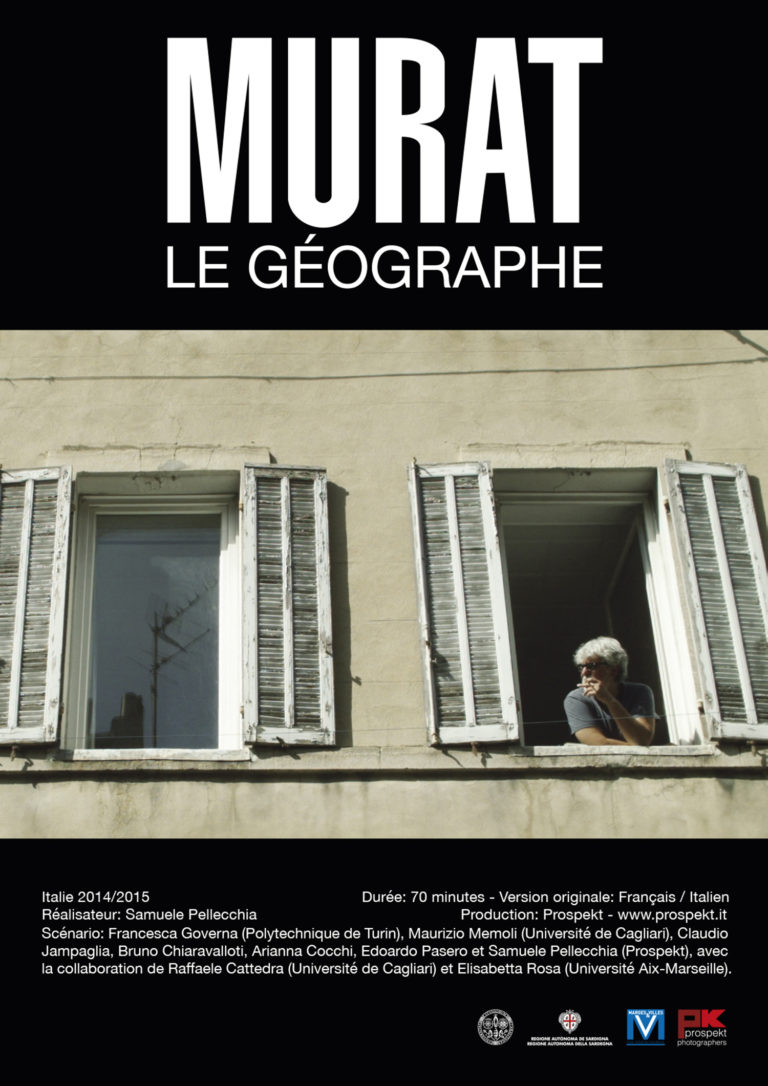Interferences between urban studies and artistic practices to observe city transformations
The first volume of a scientific and artistic research project on the new urban development areas of Milan, promoted by the Dipartimento di Architettura e Studi Urbani del Politecnico di Milano (DAStU) and the visual storytelling agency Prospekt, with the patronage of the Municipality of Milan.
The book is published by Mousse Publishing and it’s available on Mousse online store and in selected museums and bookshops worldwide.
The volume Knots #1 hosts the photographs of Vanessa Winship and George Georgiou who, thanks to an artist residency, had the opportunity to enter the social processes of the city and interpret a context foreign to them in a creative dialogue with the photographers of the Milan area Samuele Pellecchia, Francesco Merlini, Francesco Giusti and Laura Liverani.
Texts by Steve Bisson, Francesca Governa, Francesco Infussi, Laura Montedoro, Gabriele Pasqui, Samuele Pellecchia, Stefano Raimondi.
Graphic design by Francesco Valtolina and Nicola Narbone.
Concept and project coordination
DAStU – Politecnico di Milano: Laura Montedoro, Gabriele Pasqui
Prospekt: Francesco Merlini, Samuele Pellecchia, Barbara Russi
How are city transformations to be read? How are we to interpret the incessant metamorphosis of places and social relationships that has characterised urban contexts since their inception?And how do we identify the effects of this incessant restlessness on the organisation and use of space, on the life practices of women and men, on societies and cultures? How can we narrate and represent change by identifying signs of the forces generating it, the power relations structuring it, the imbalances it has generated and will continue to generate, at the intersection between space and society?These are the questions which inhabited and oriented the Knots research project which this volume is part of. Knots is the result of a partnership between the Politecnico di Milano Department of Architecture and Urban Studies (DAStU) and Prospekt, a photojournalism agency that has been working for years on city issues around the world. This partnership aims to build a permanent workshop at which the intertwining and osmosis of languages can be acknowledged and valorised, as well as suggesting reflections and making proposals within the debate on urban transformations, in the convergence of diverse description and representation knowledge and practices.
George Georgiou
This book therefore seeks to interweave some of these critical reading methods, starting from an acknowledgement of the complexity of urban phenomena and the urgent need to link up urban transformation interpretations and analysis practices which often travel separately, including from the perspective of their discussion and debate community of reference.
The book’s intention is to showcase certain outcomes of this workshop activity, demonstrating the potential for crossing the vision and discipline boundaries between artistic practices and analytical readings, on the basis of the assumption that it is perhaps primarily a matter of reshaping questions about urban transformations that too often appear partial, overly specific and circumscribed, and of taking on board the layers of meaning brought into play by city metamorphosis.
Francesco Giusti
This assumption is, in turn, guided by an injunction: to identify the structural dimensions of change within spatial use practices, paying attention to the forms of everyday life, because – whether we look at it from the inside and live it, or think we can observe it from the outside, from above, in its processes and manifestations – talking about the city means talking about us, our relationships, our needs and our intentions.
This volume, and the project it is part of, has selected an unusual perspective from amongst the many possible viewpoints, to perform the trespassing operation outlined here, choosing to reflect on the relationship between images of change and processes of social and spatial city transformation, thinking about the potential and limitations of research that is not solely analytical but also intertwines artistic practices and urban research. Knots therefore proposes new avenues of investigation and experimentation based on the relationship between verbal and visual language, partly to give new visions and possible interpretations of change to those directly involved in the transformation processes, and to all city dwellers.
The intention behind this is, therefore, twofold.
Laura Liverani
Firstly, to experiment with a dialogue between artistic practices, particularly photography, and city and territory studies. The purpose behind the Knots project and this volume were precisely bringing together different knowledge, skills and sensitivities in order to achieve a broad and dynamic reading of urban change: town planners, philosophers, geographers, architects, graphic designers and critics in dialogue with photographers, poets, film-makers and artists in general, to give new and multiple readings to the unstoppable complexity of the urban.
Secondly, to offer a multiplicity of readers (policy makers, change actors, experts, citizens organised to various degrees) and materials to enrich a public debate which all too often seems weighed down by reductive assumptions and language, incapable of measuring up to the connections between the city and its metamorphoses and life itself, the life of things, people and other species.
Francesco Merlini
The experiment conducted in this book chose a privileged observation vantage point: Milan. Milan has been on the move for years. It is undoubtedly Italy’s most dynamic city and for this very reason it is perhaps useful to reflect on the social and spatial effects of change in a context in which inequalities and environmental risks are dramatically on the rise.
In particular, this volume chooses to observe the transformations under way in disused or underused rail hubs subject to complex regeneration and reuse processes and now at various stages of redevelopment.
Why rail hubs? Because through the lens of change in these areas we can try to reflect on how Milan is preparing for transformations that will usher in new balances in the relationship between the city and its functions, between new areas of urban development and private investment, between new use-of-space forms and social and cultural spin-offs in communities.
Samuele Pellecchia
These Scali, at the centre of years of controversy and reflection, are part of Milan’s long-term dialectical tension, a city poised between large-scale urban and real estate projects and the more widespread, smaller-scale transformations that make their way into the fabric of the city.
It is precisely for this reason that the artistic and technical perspectives intertwined in this book aim to show certain elements that prevailing narratives and representations fail to grasp.
At the intersection of different readings, Knots thus aims to bring out new or little-explored aspects and dimensions of change in the Scali, and more generally in Milan, prompting a discussion that is critical, but also anchored in everyday life and the concrete way in which spaces and social relations are destined to change.
Vanessa Winship
Editor: Mousse
Edition: Italiano/Inglese
Size: 17cm x 24cm Pagine: 292
Price: 30 euros
ISBN: 9788867496709
